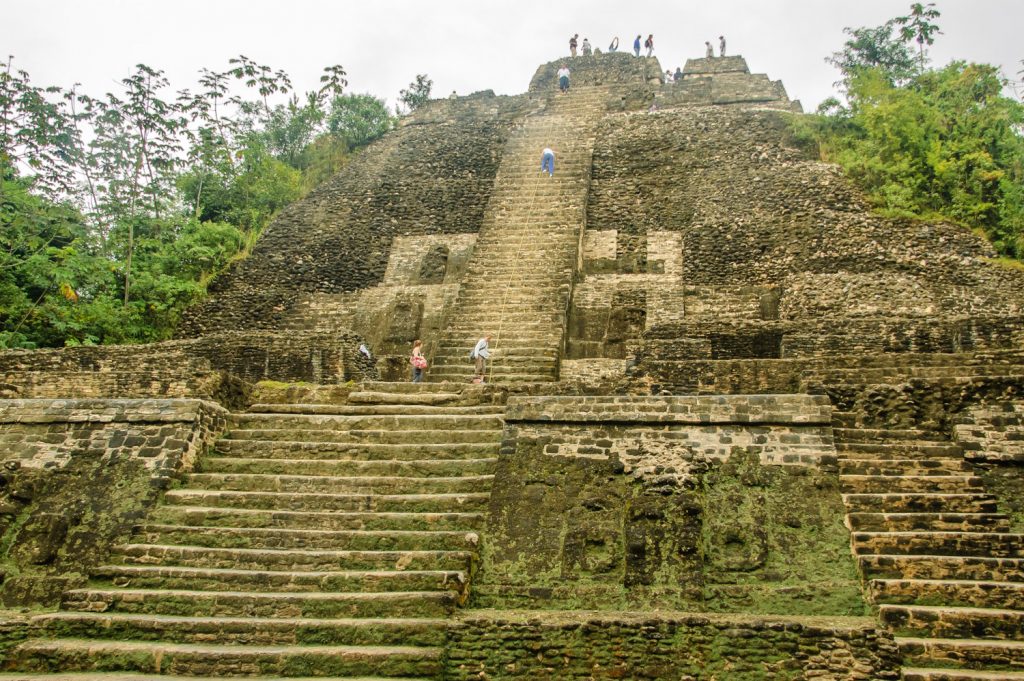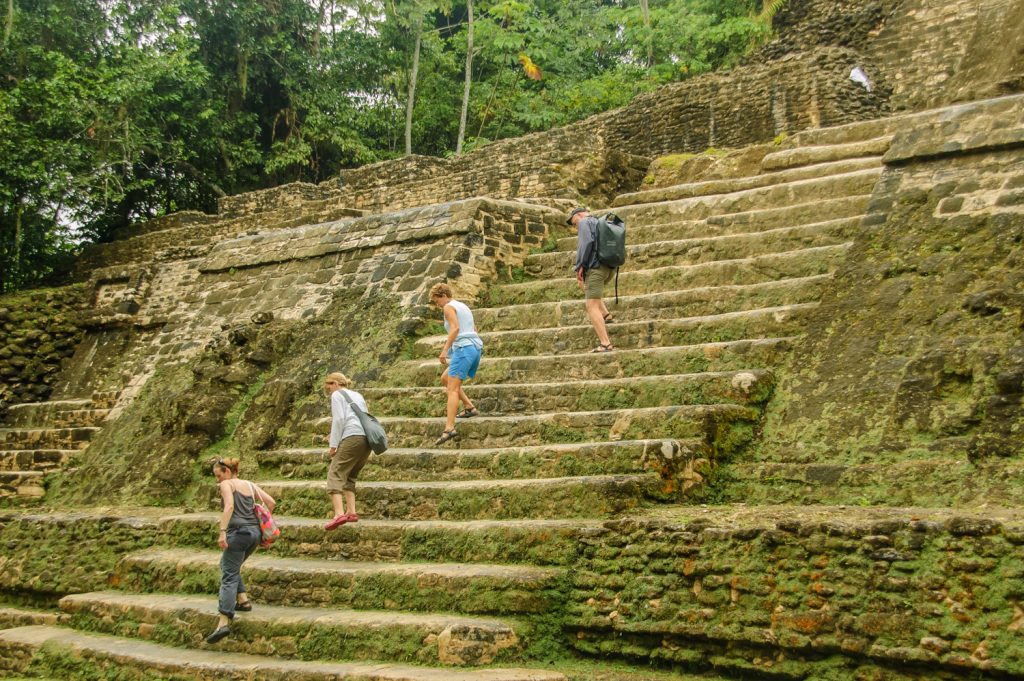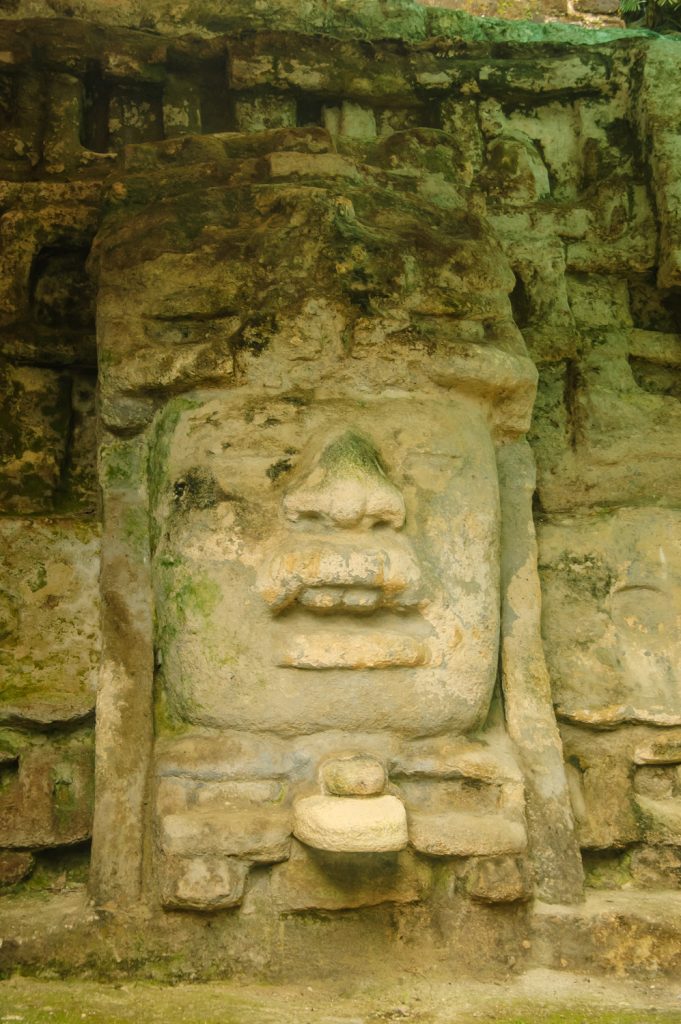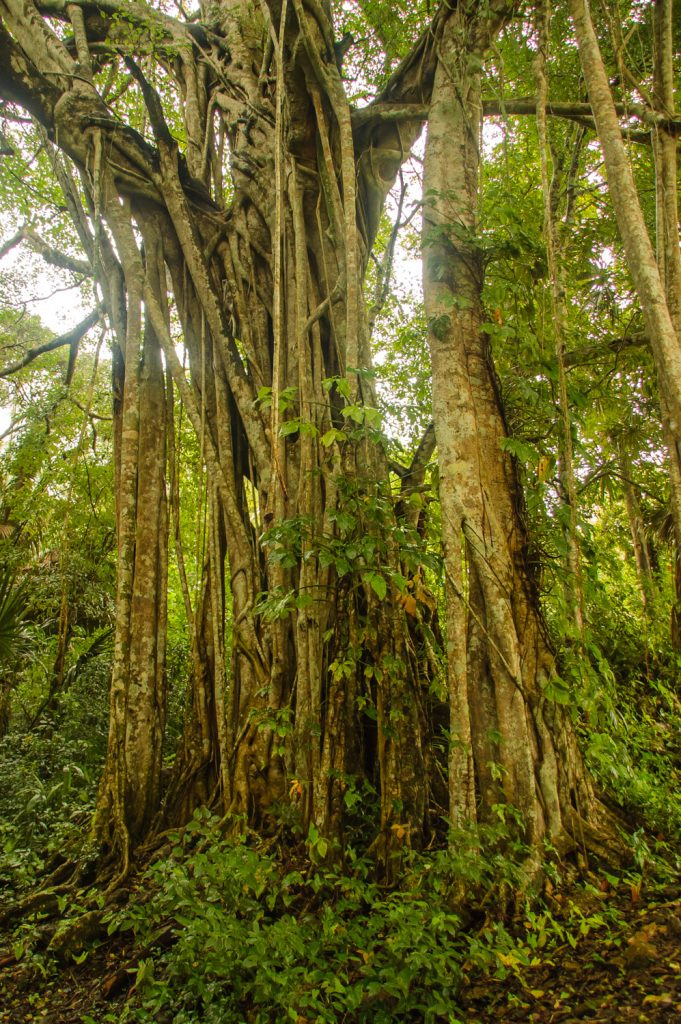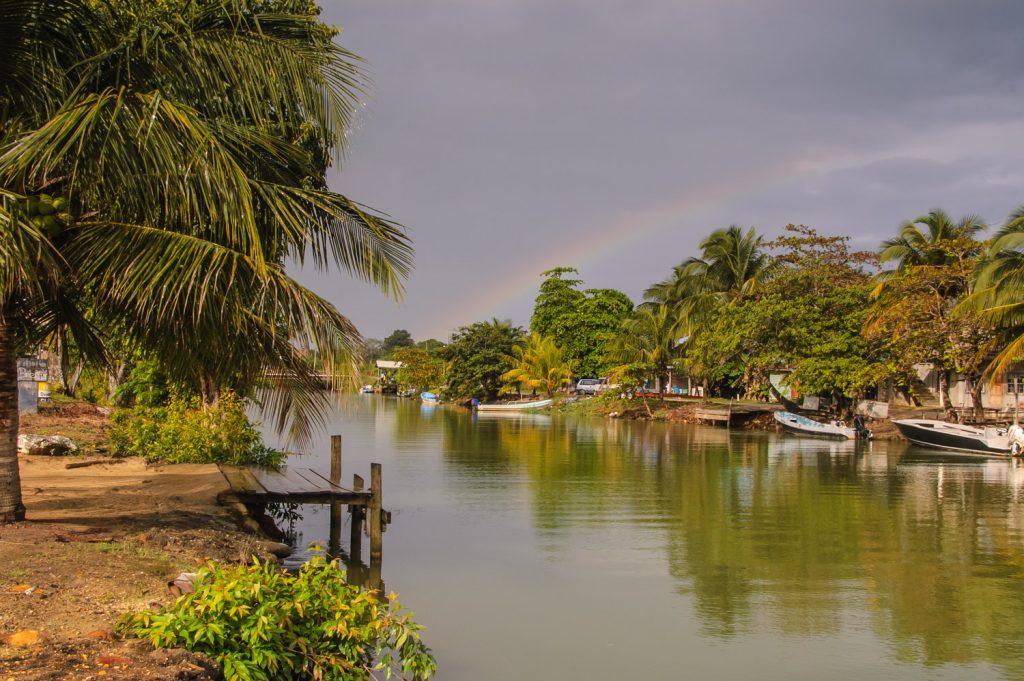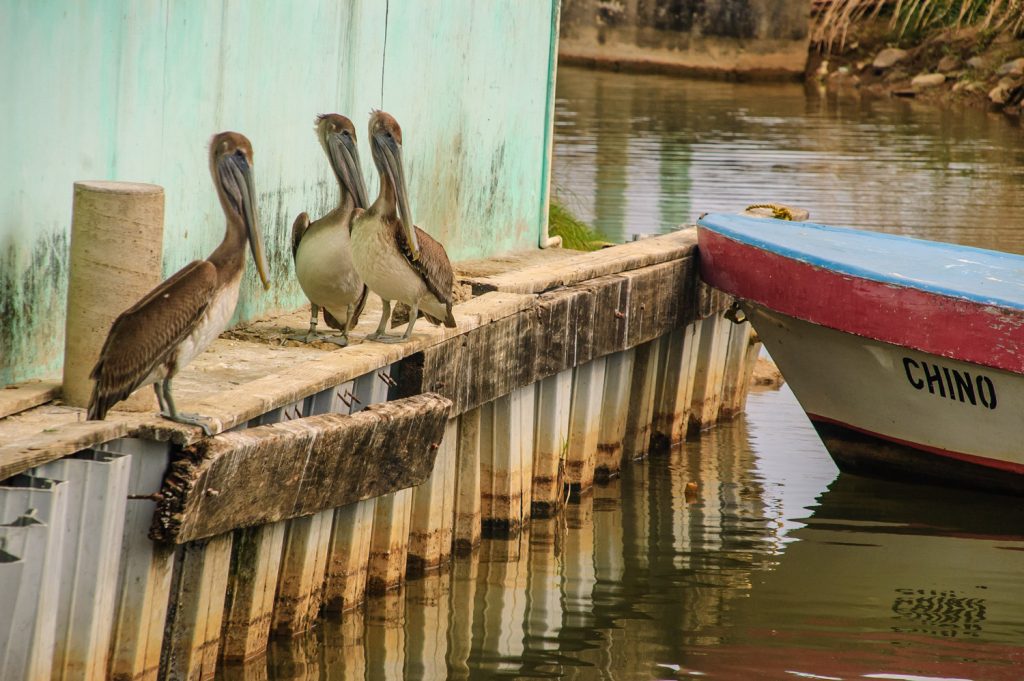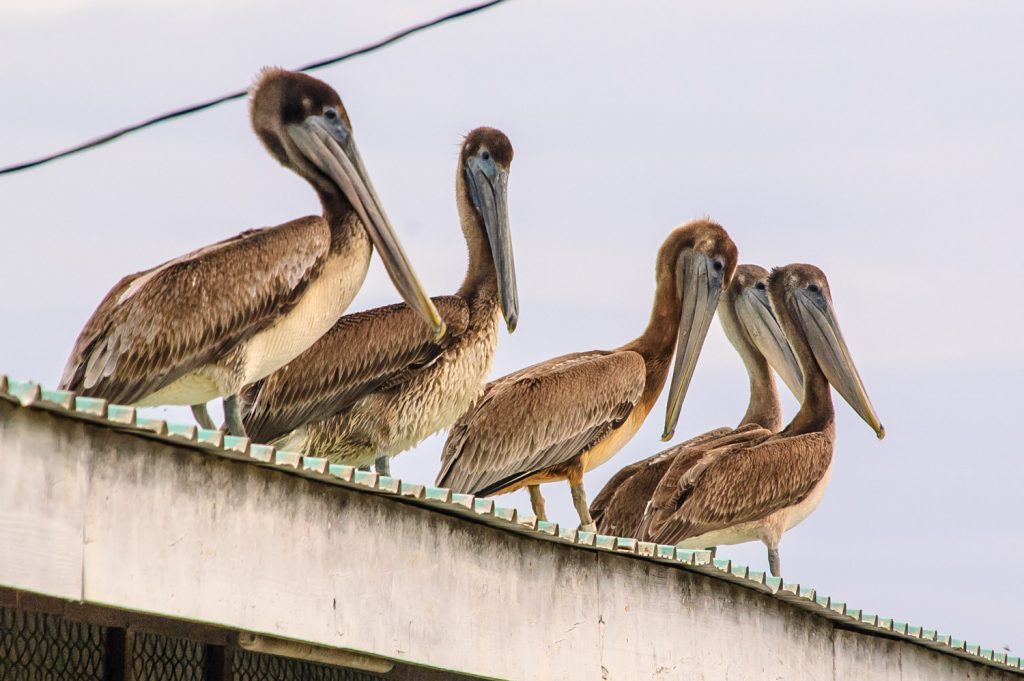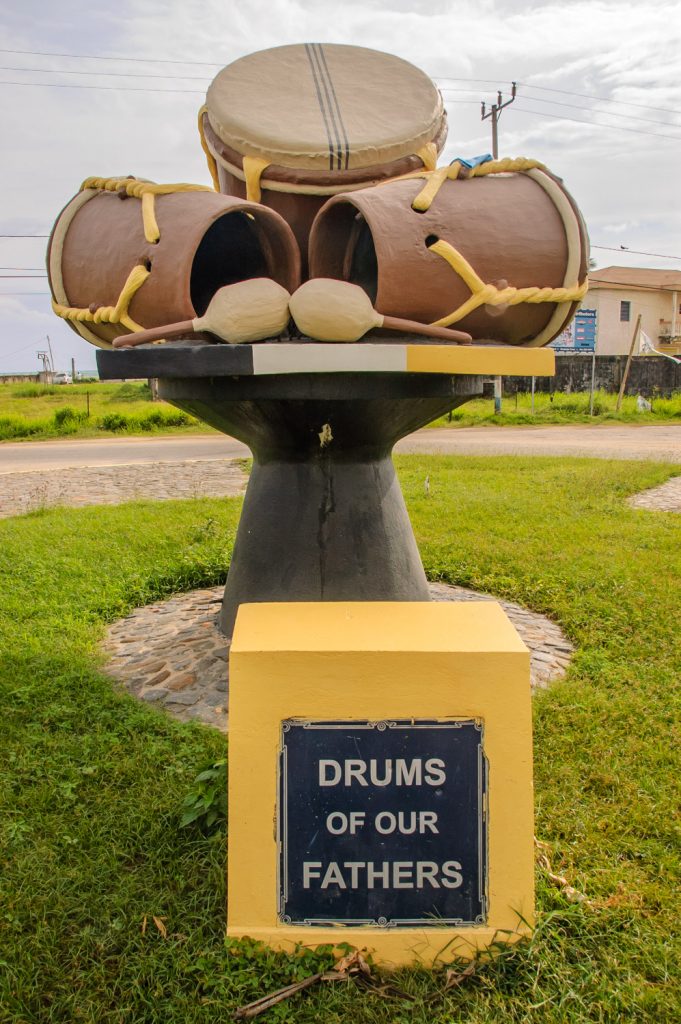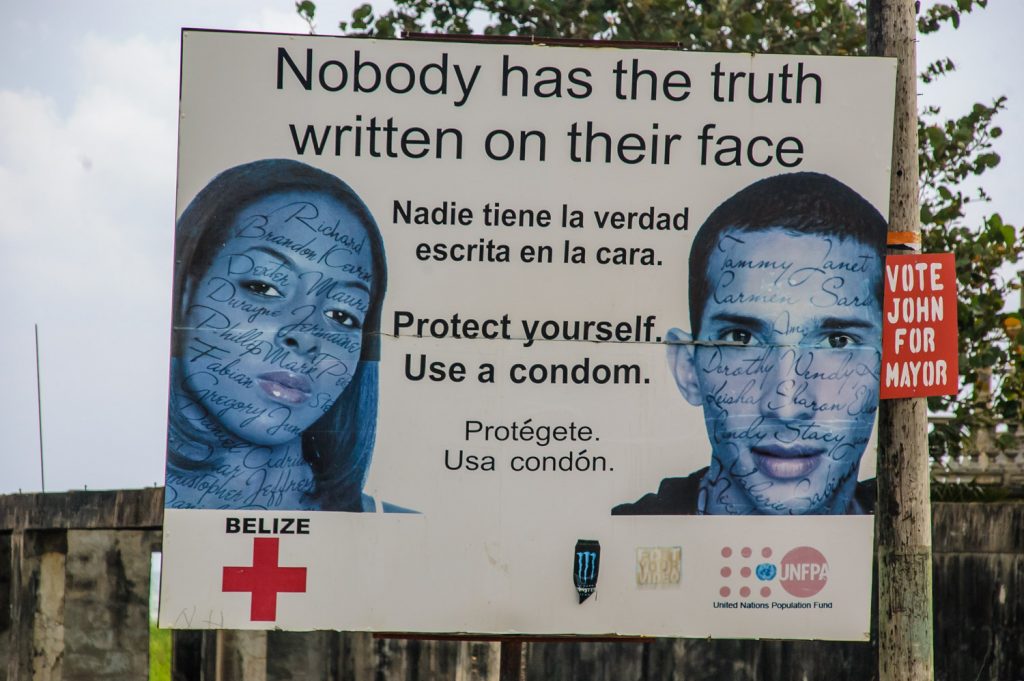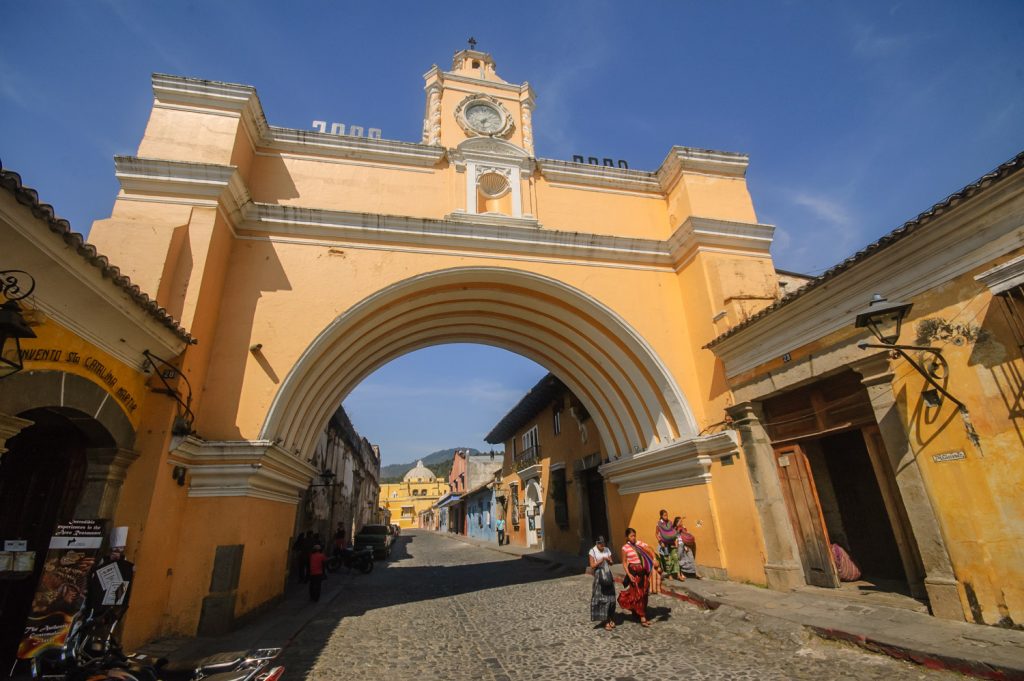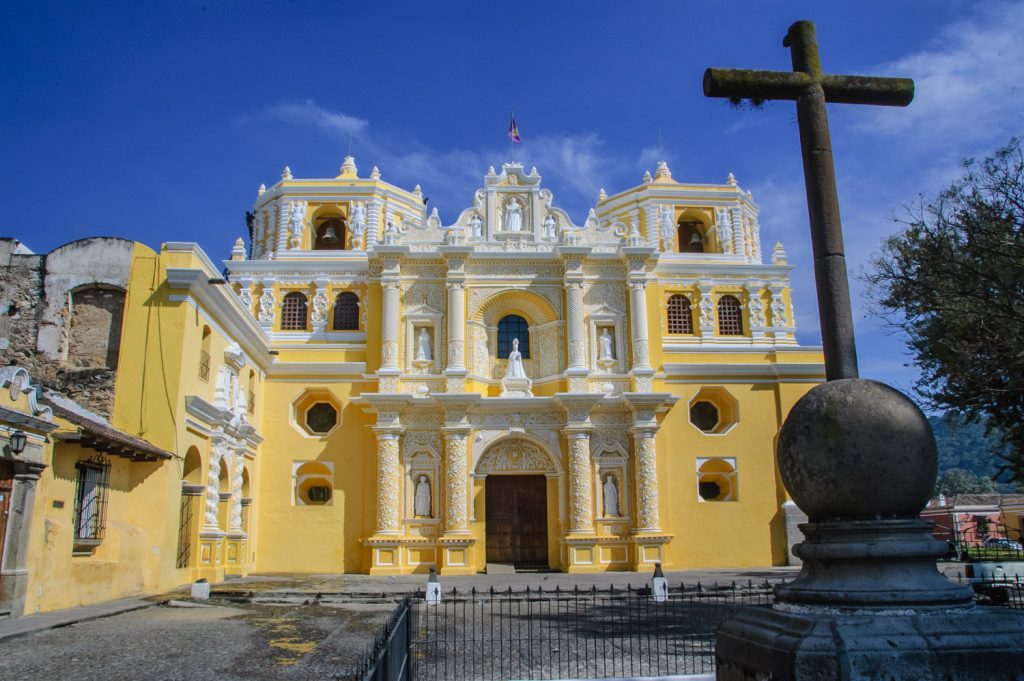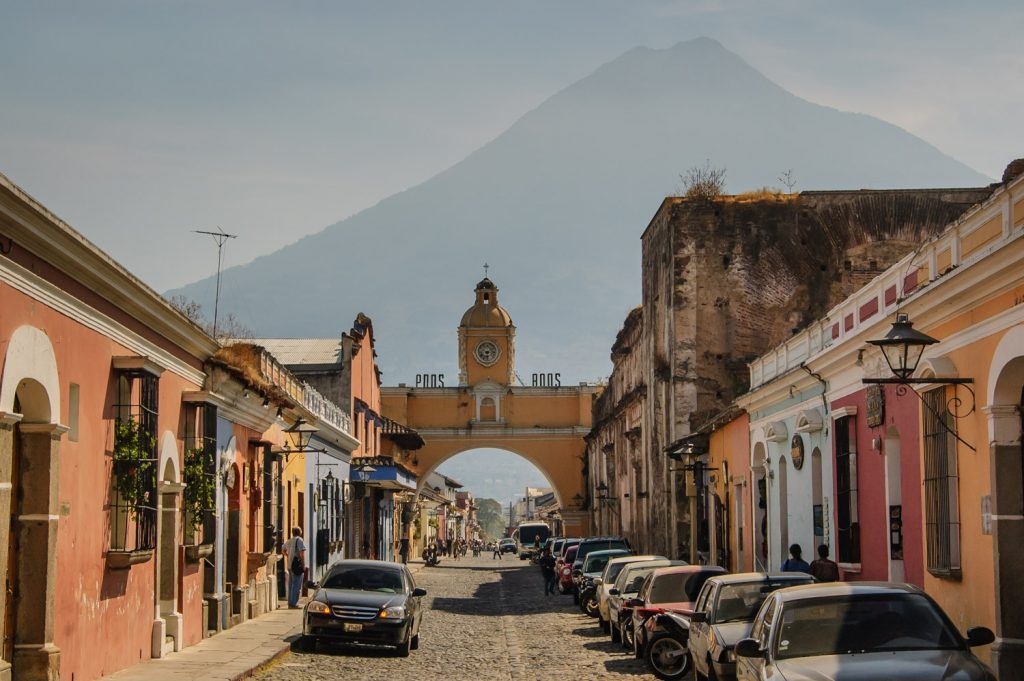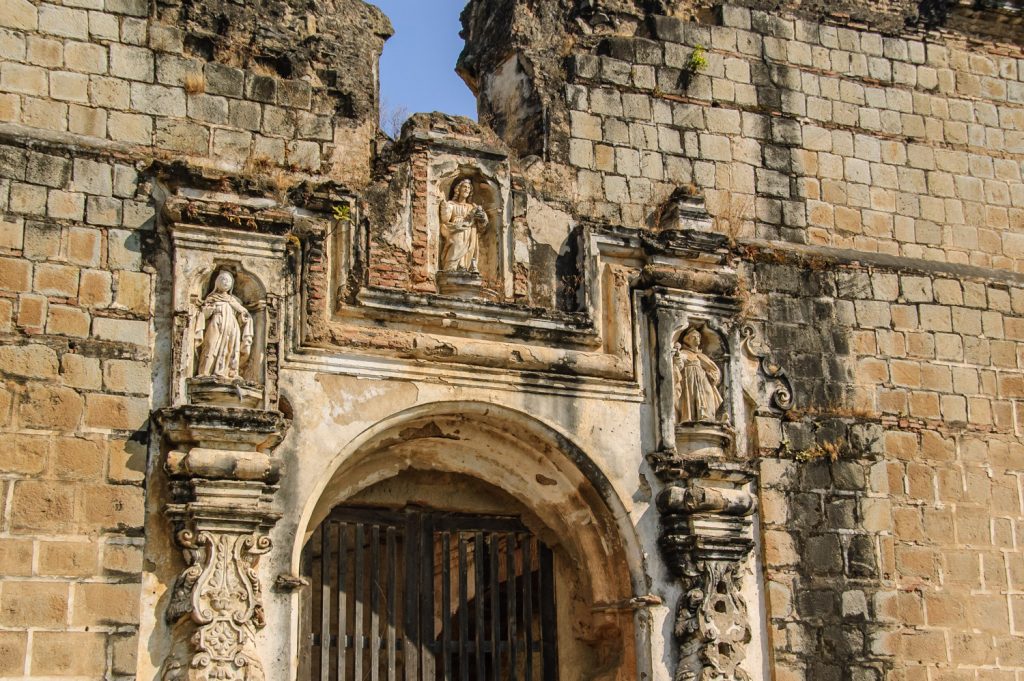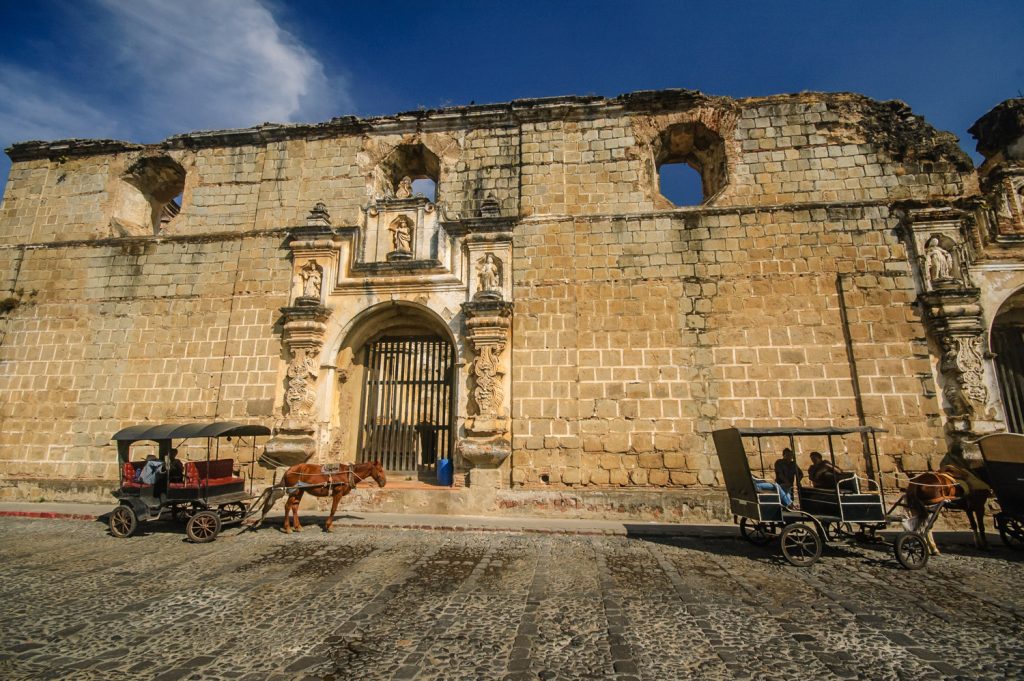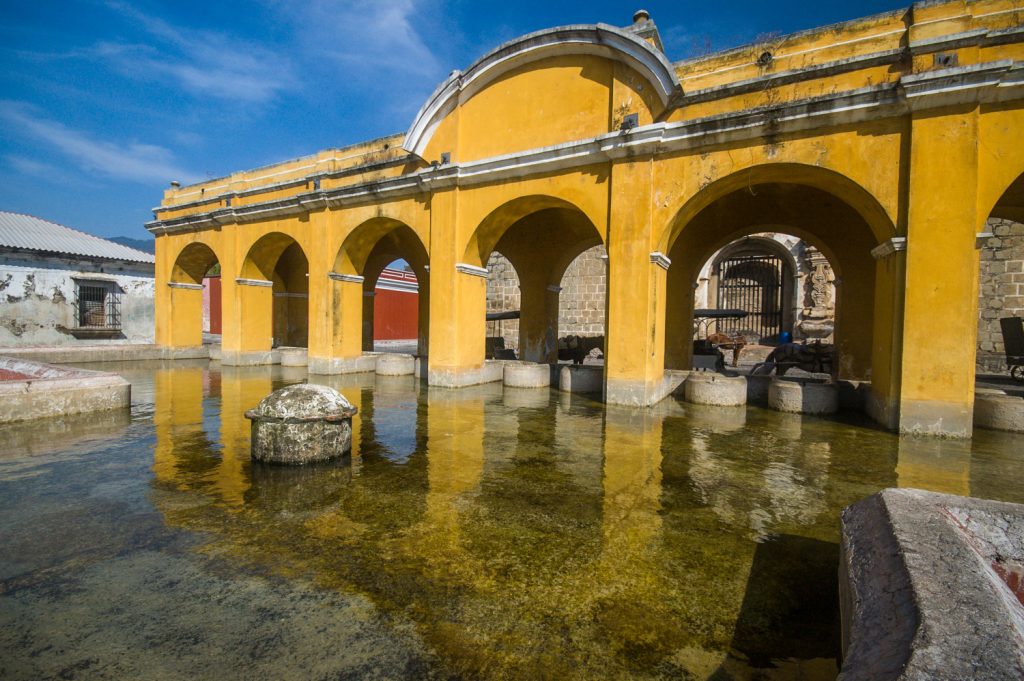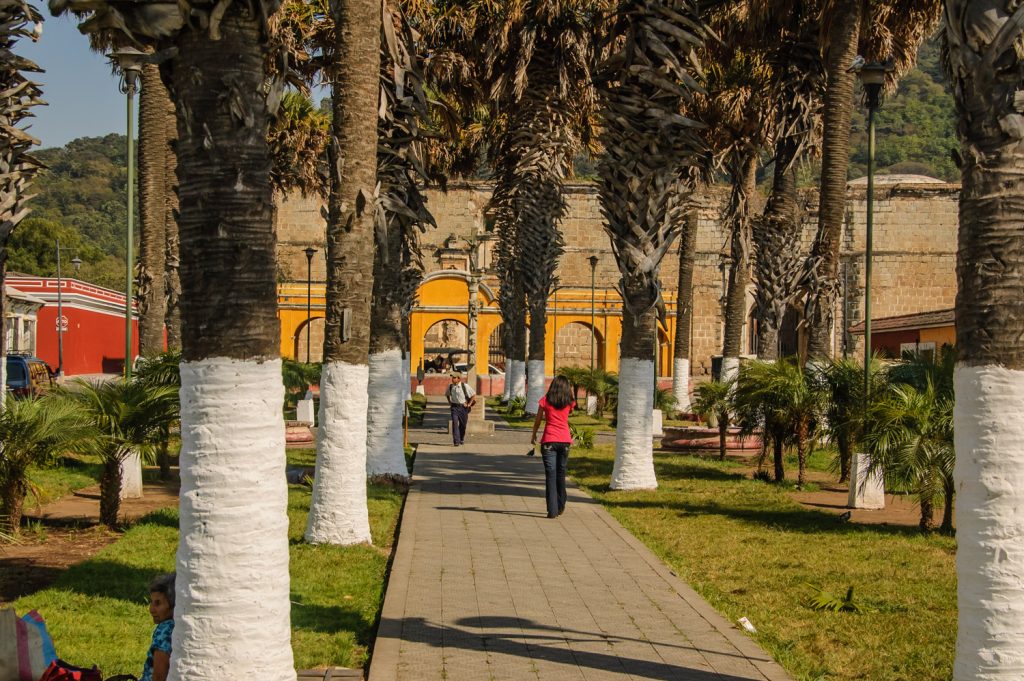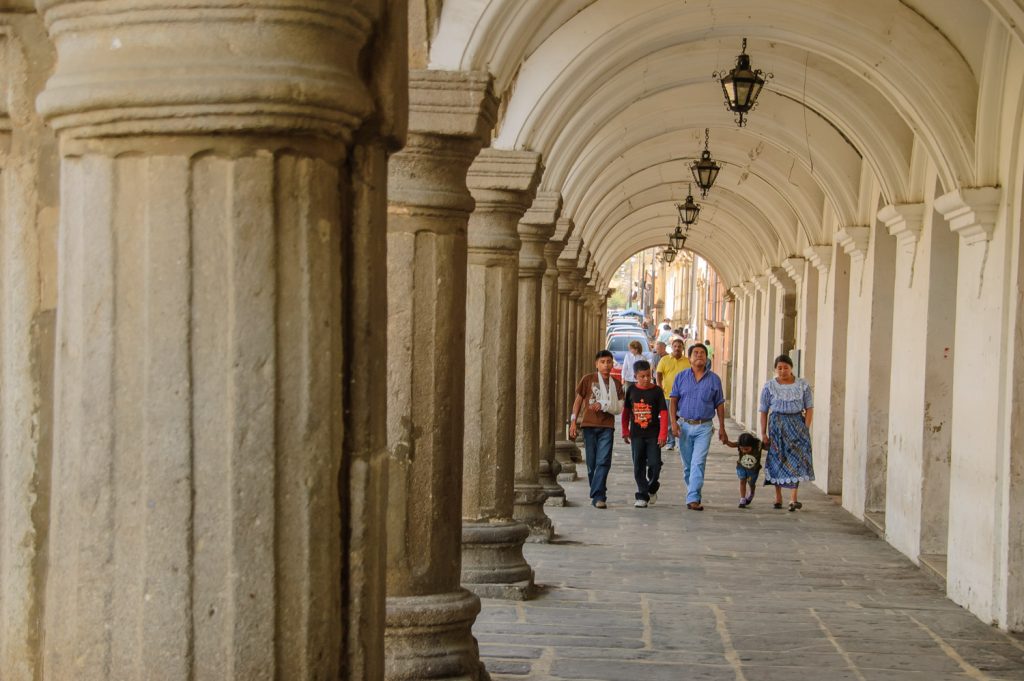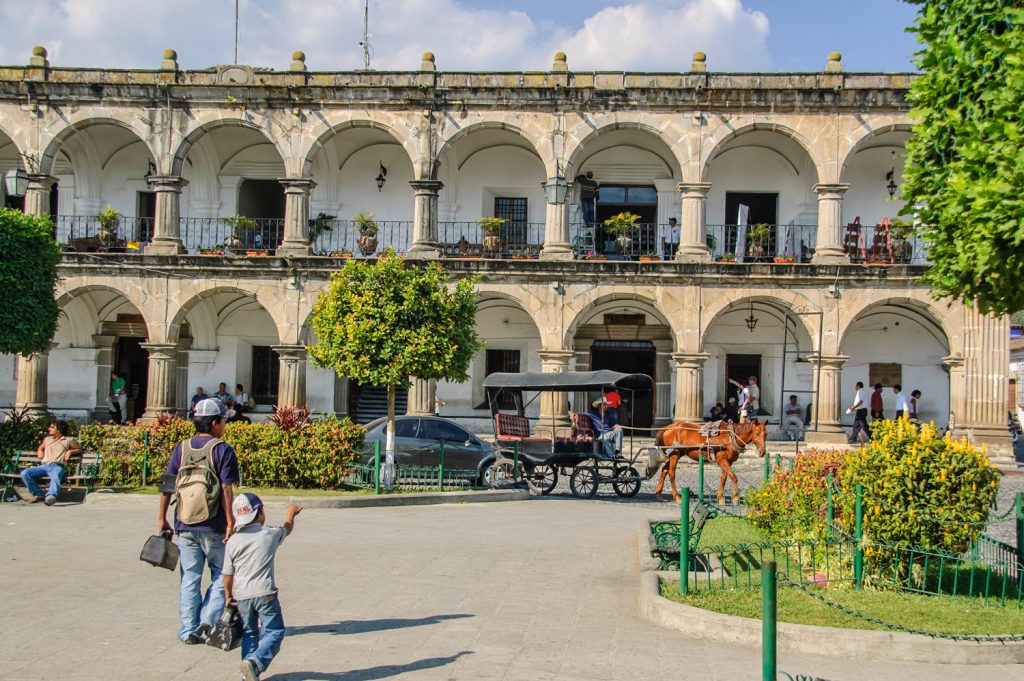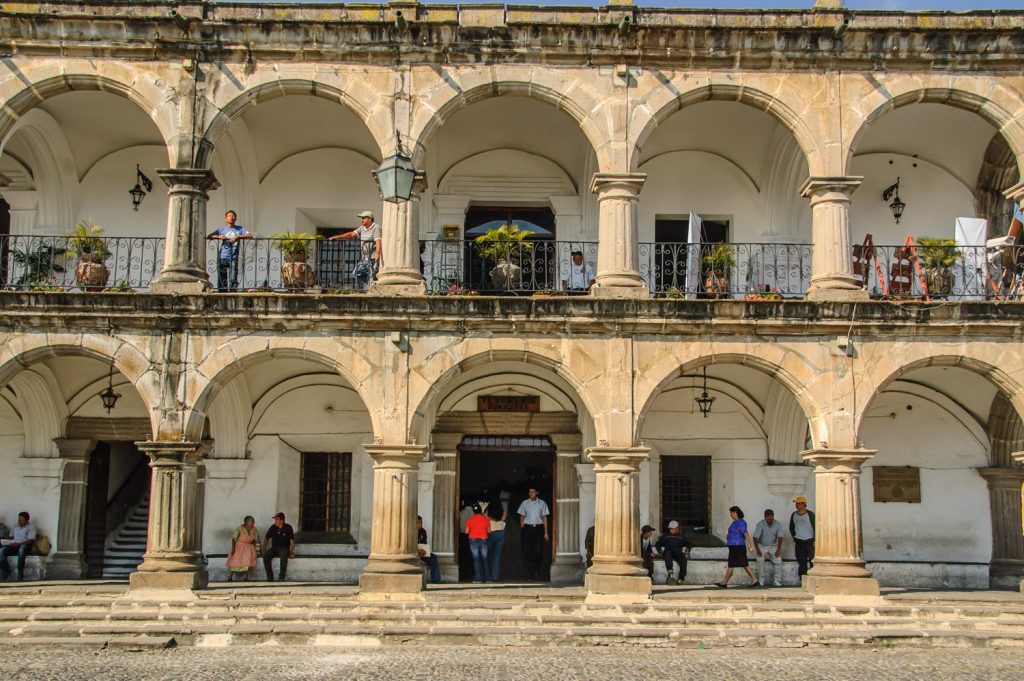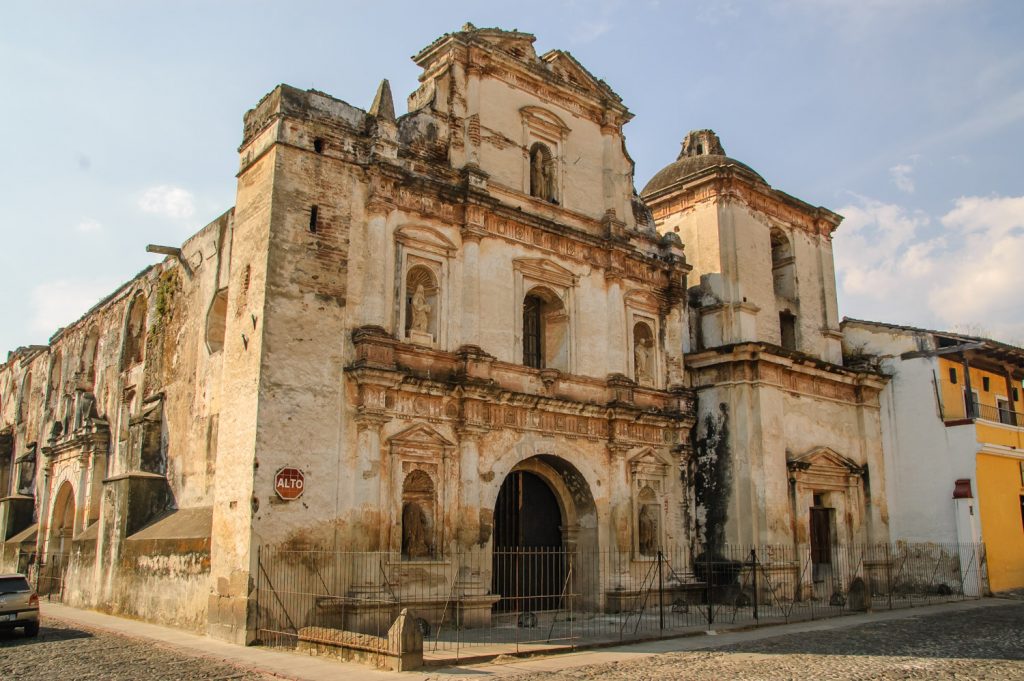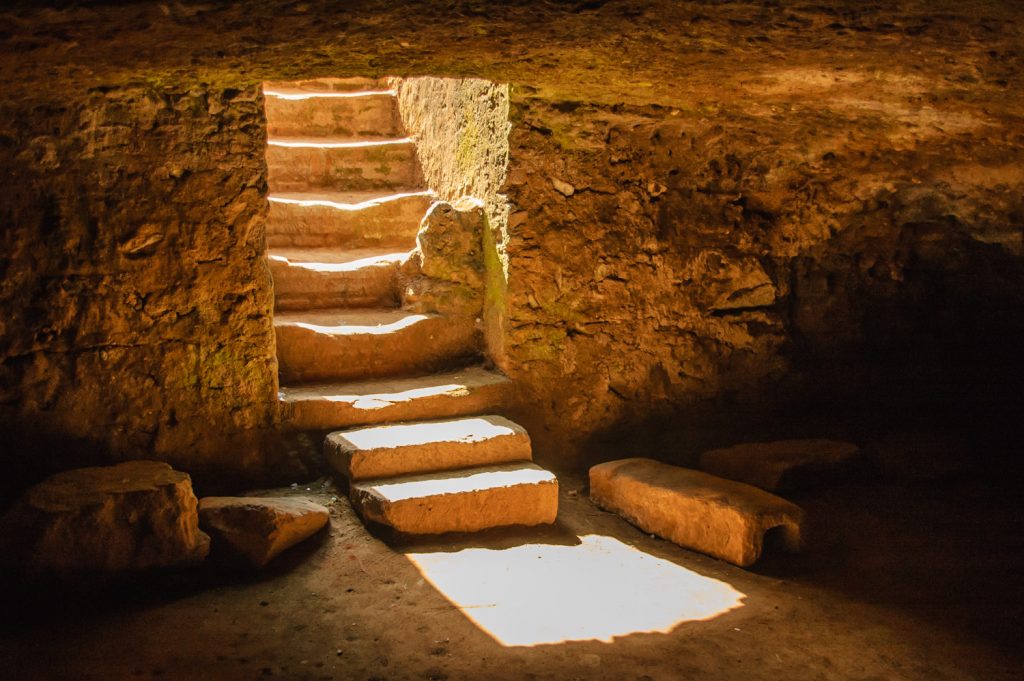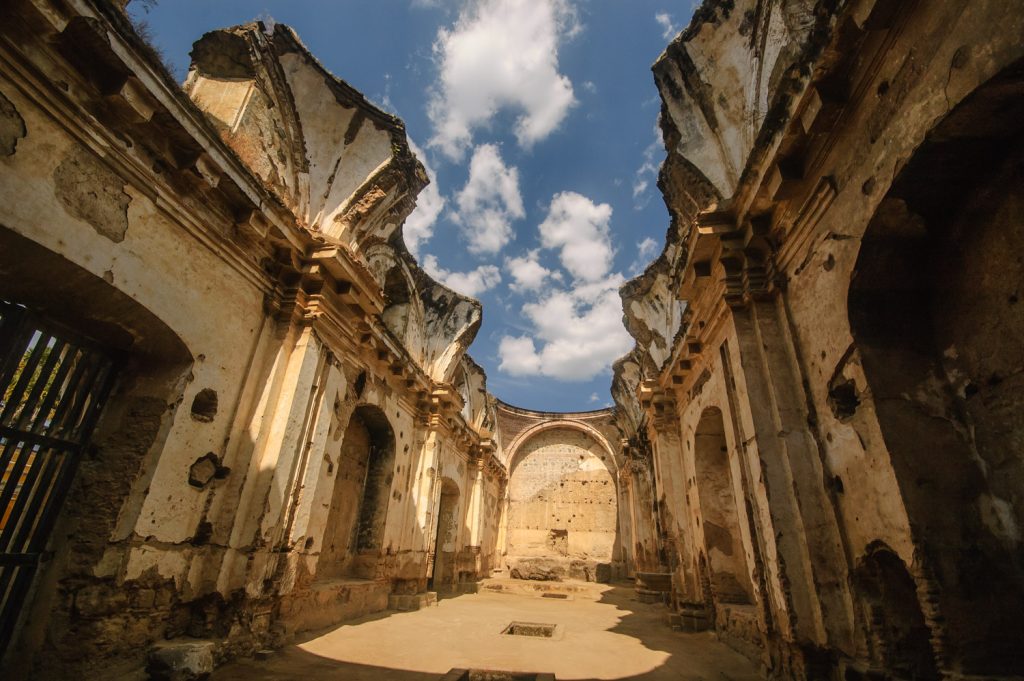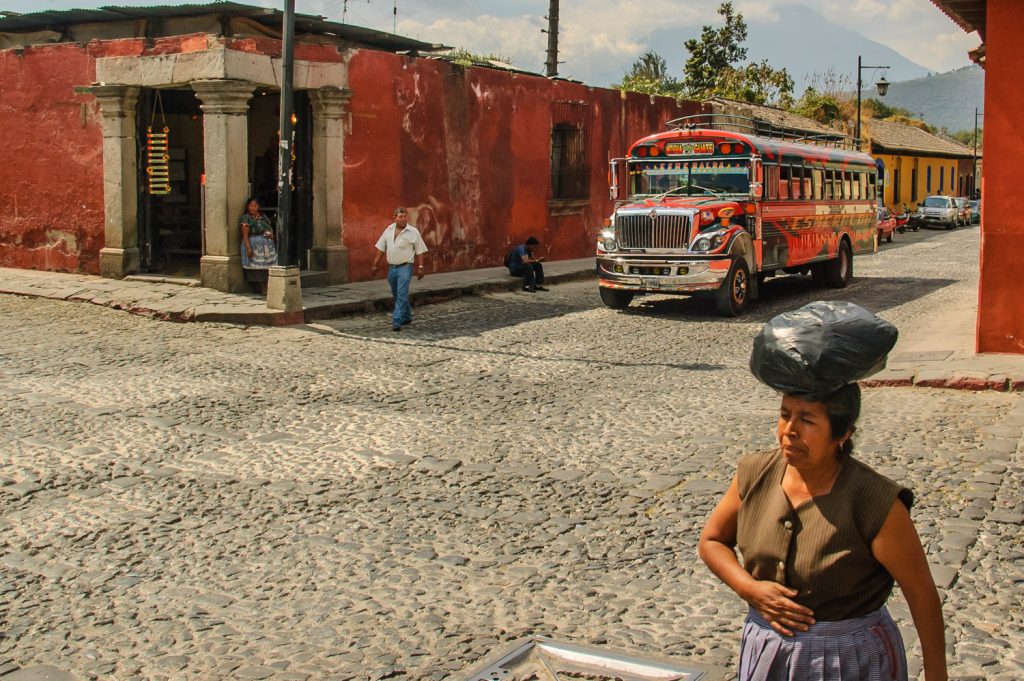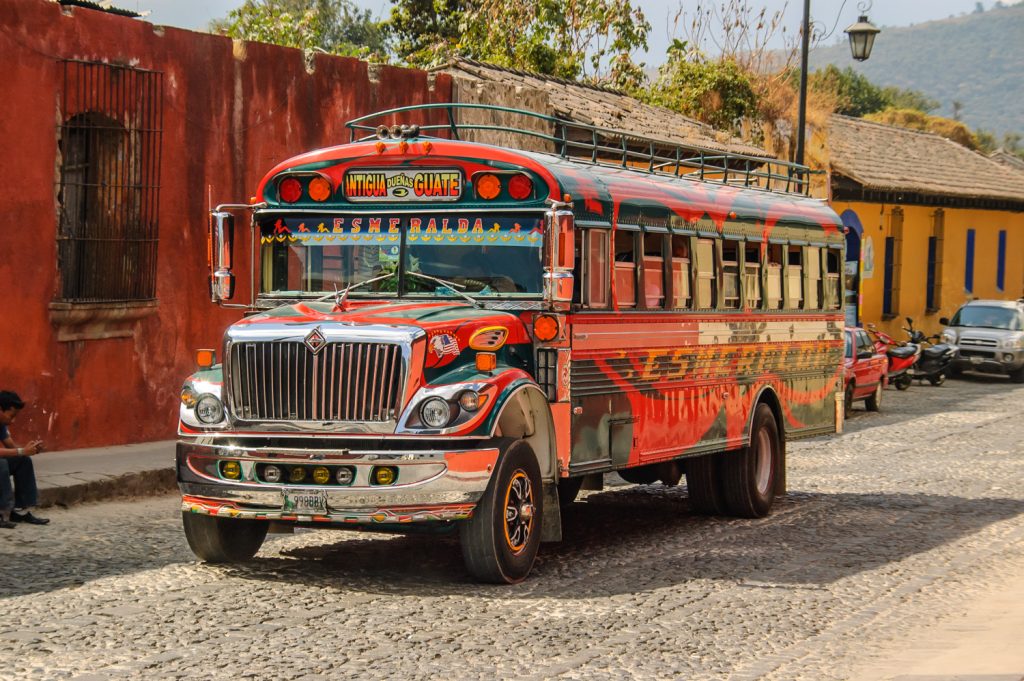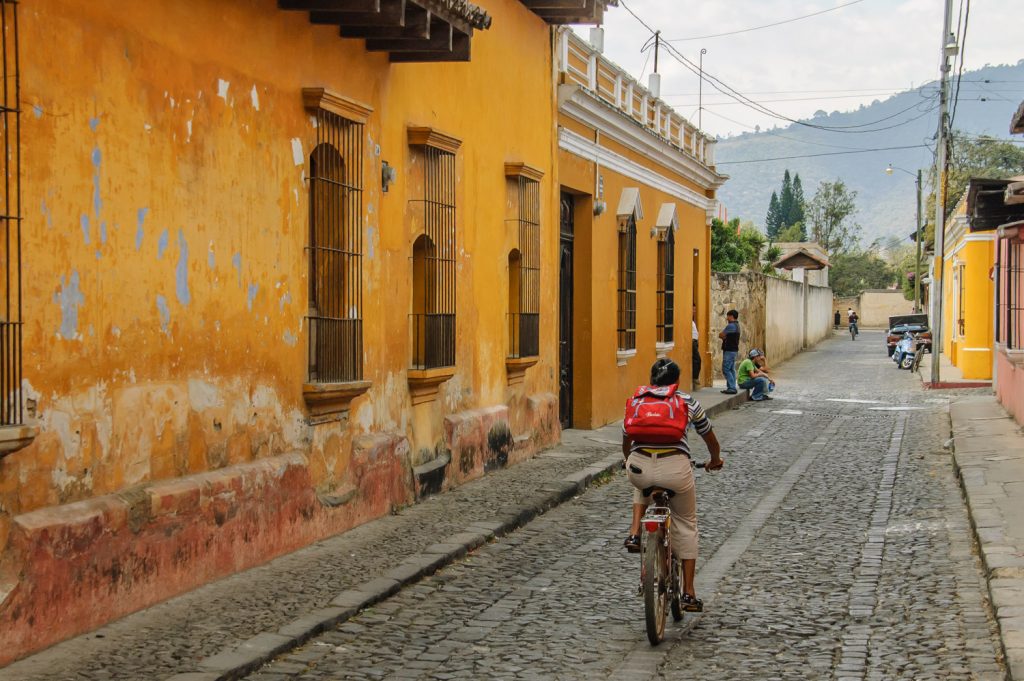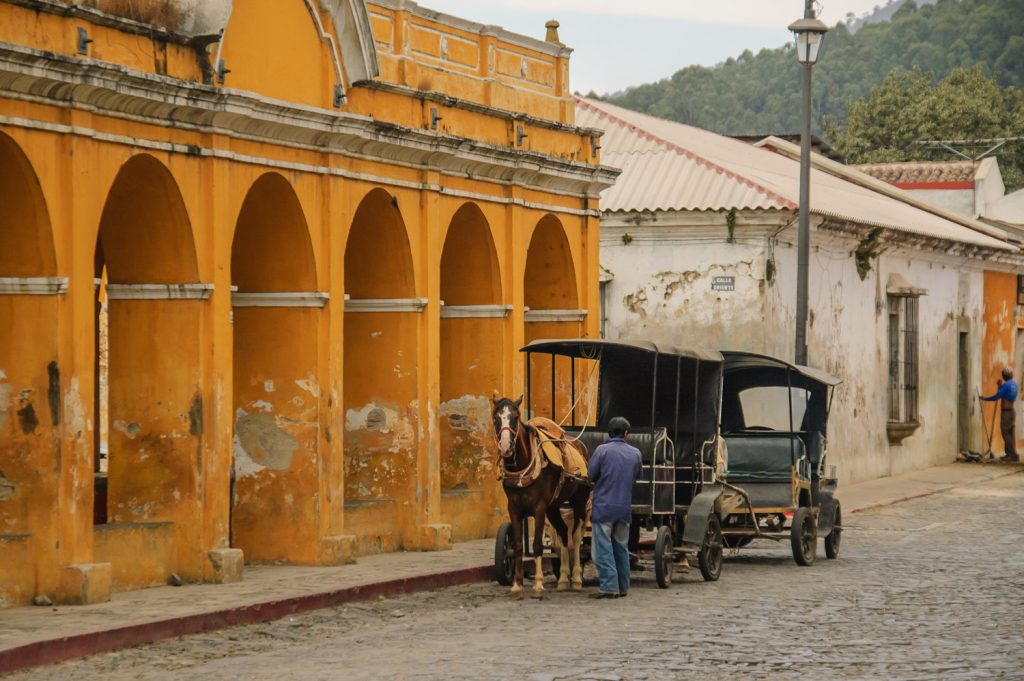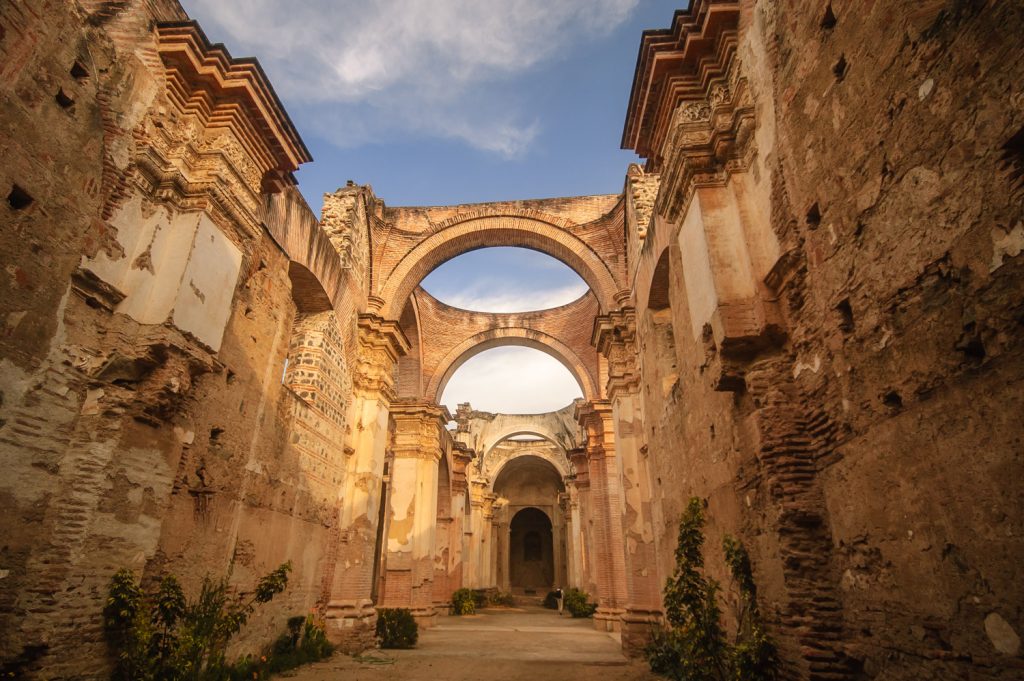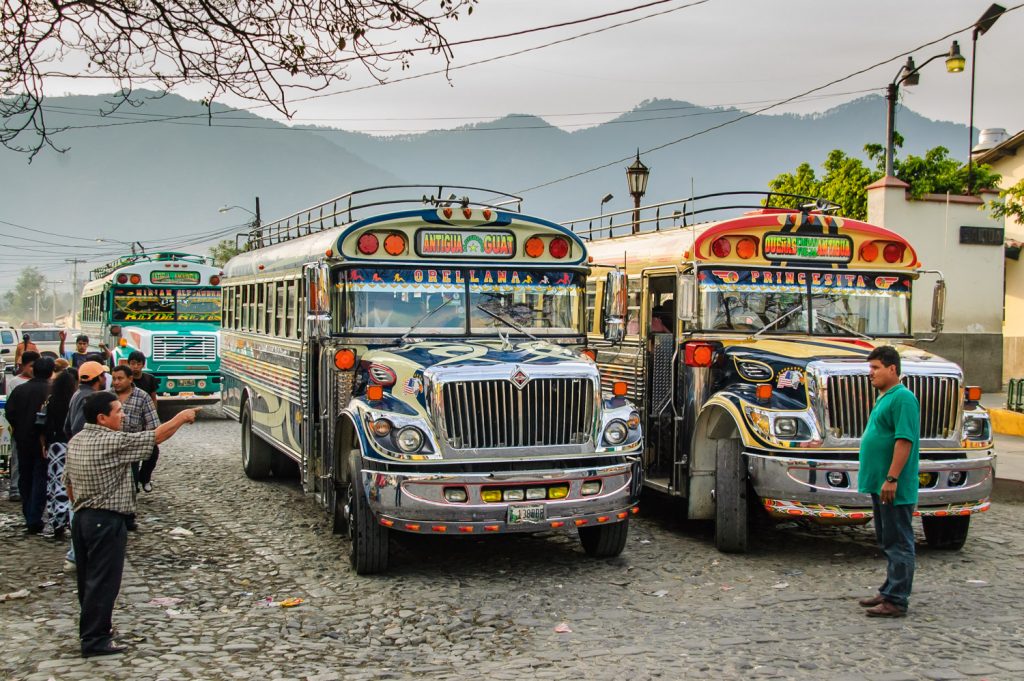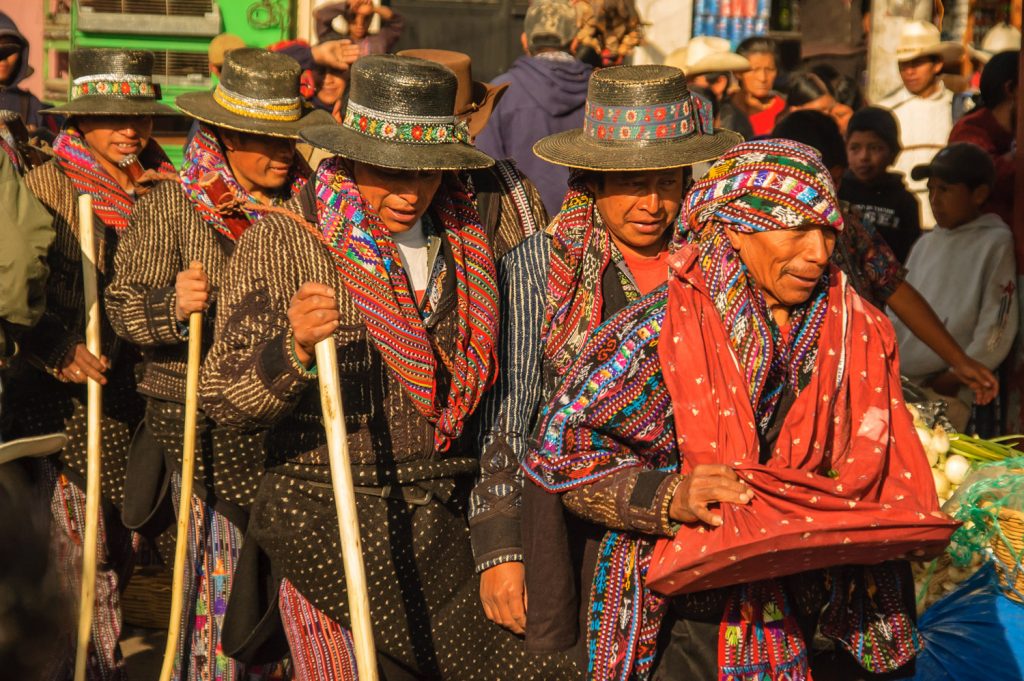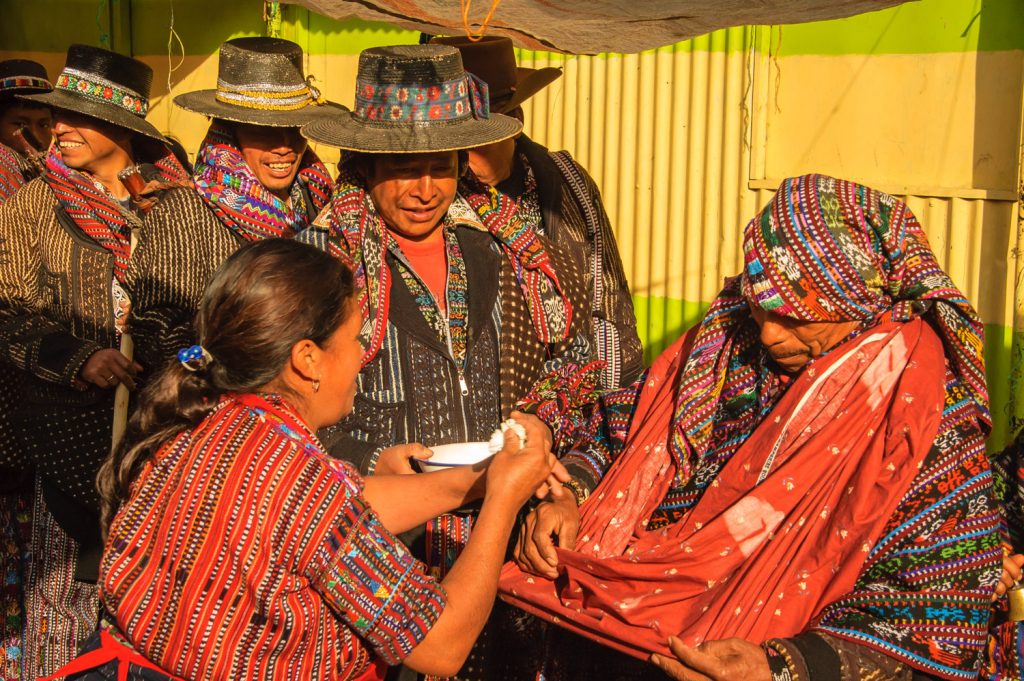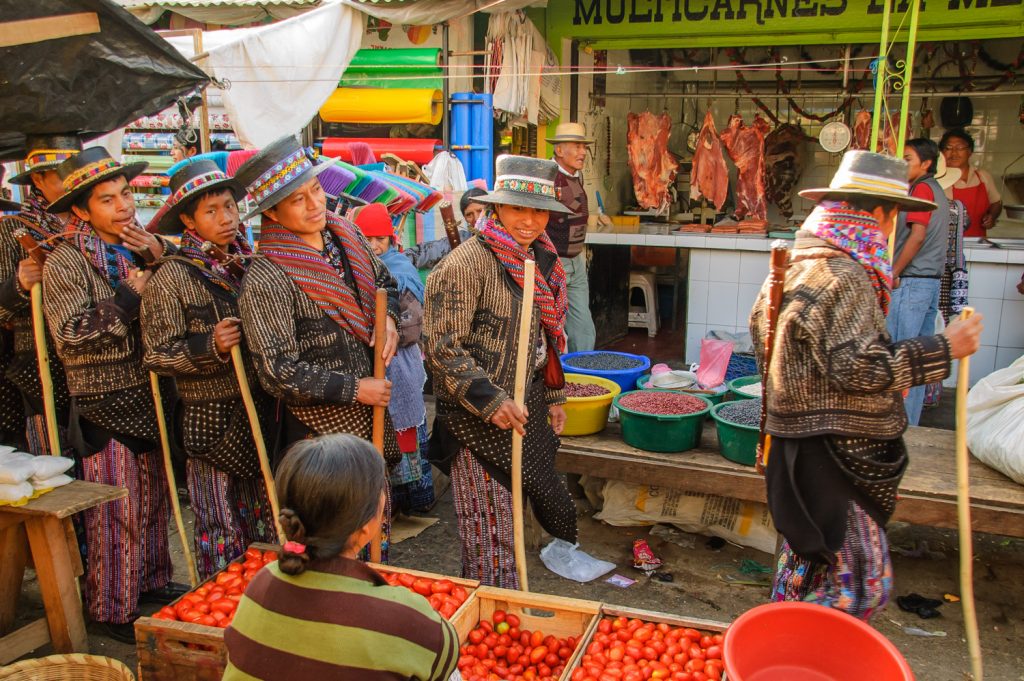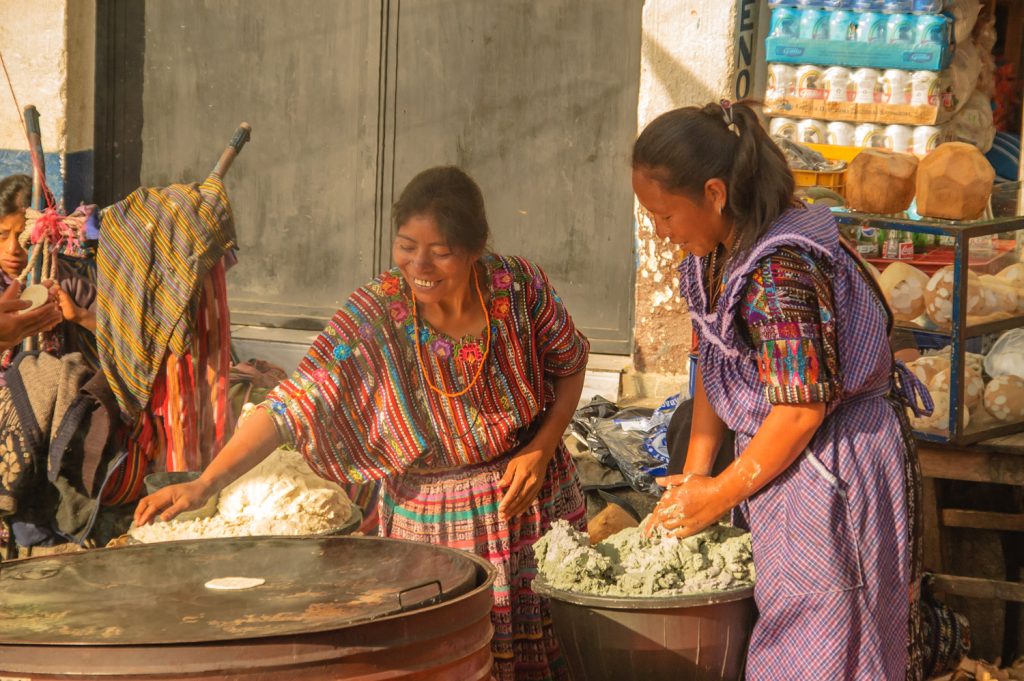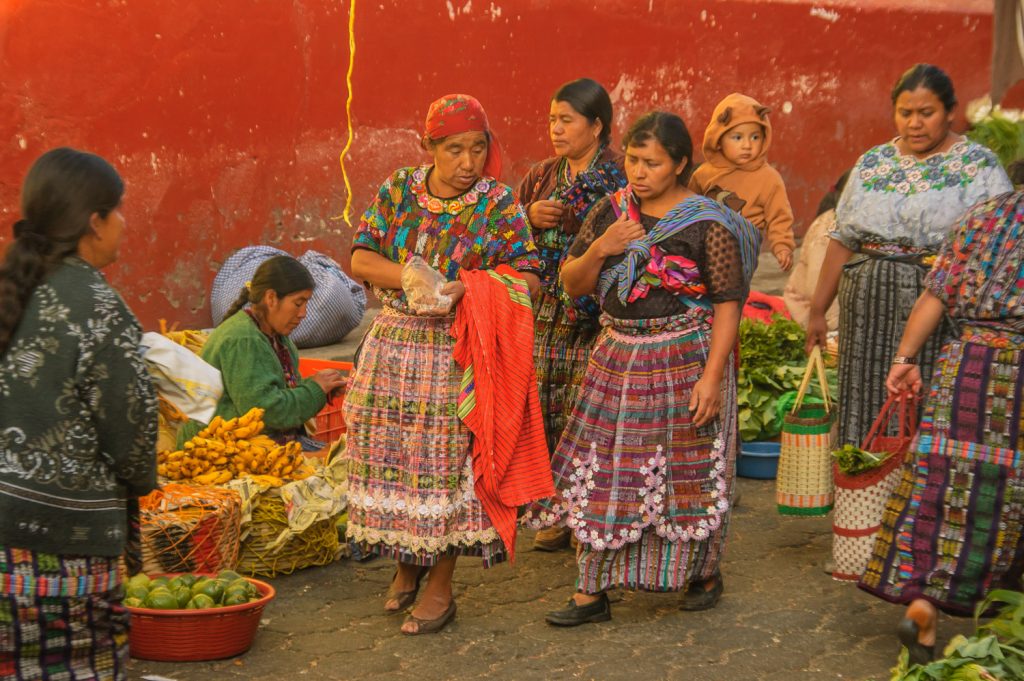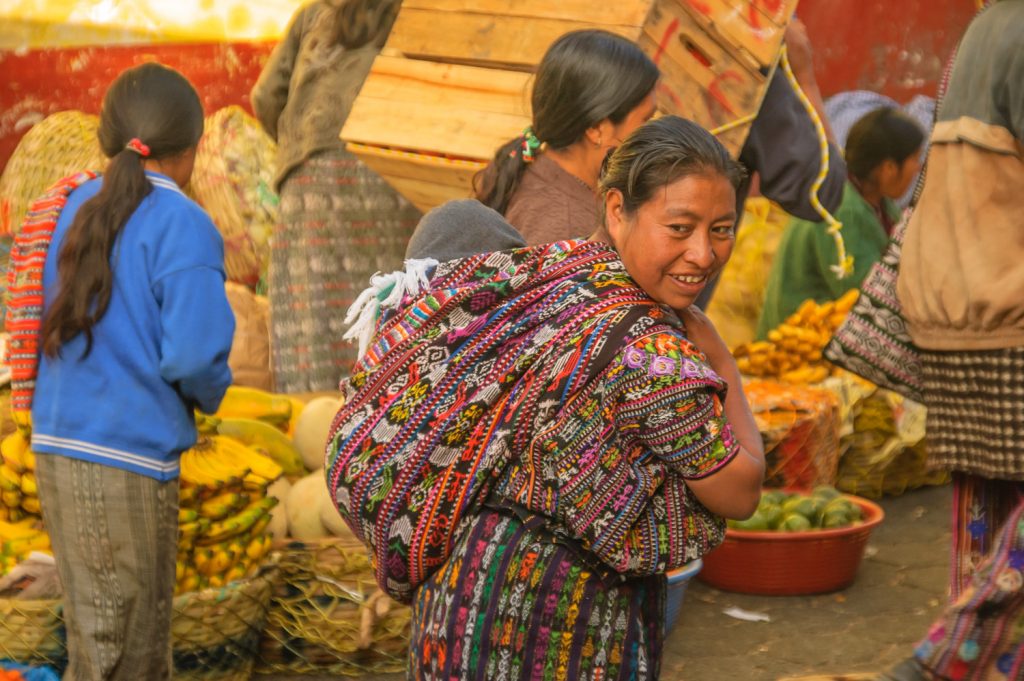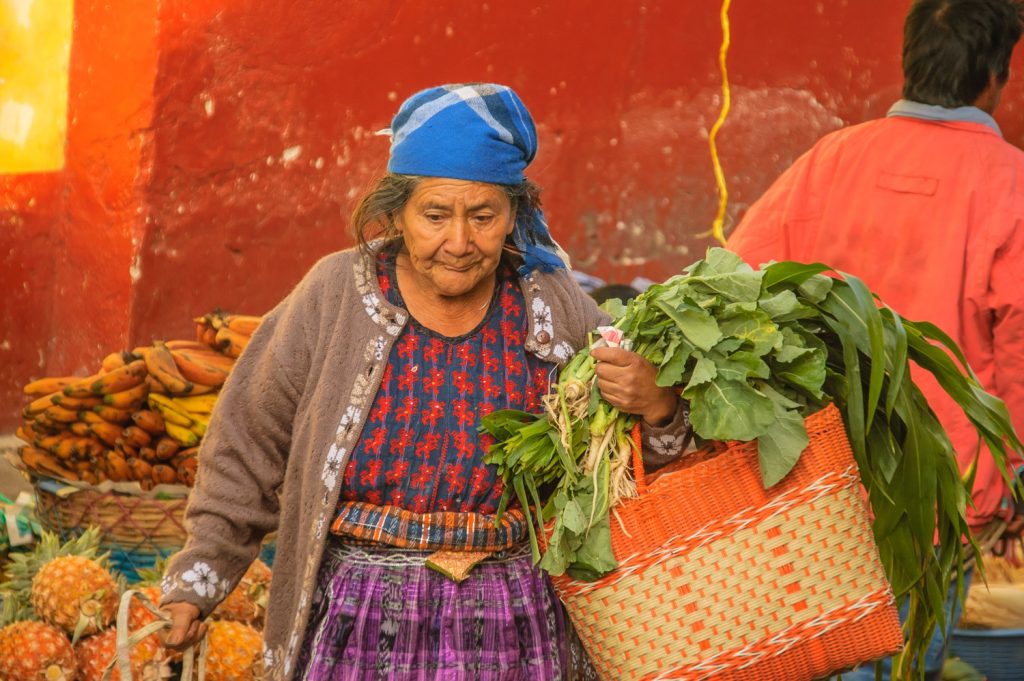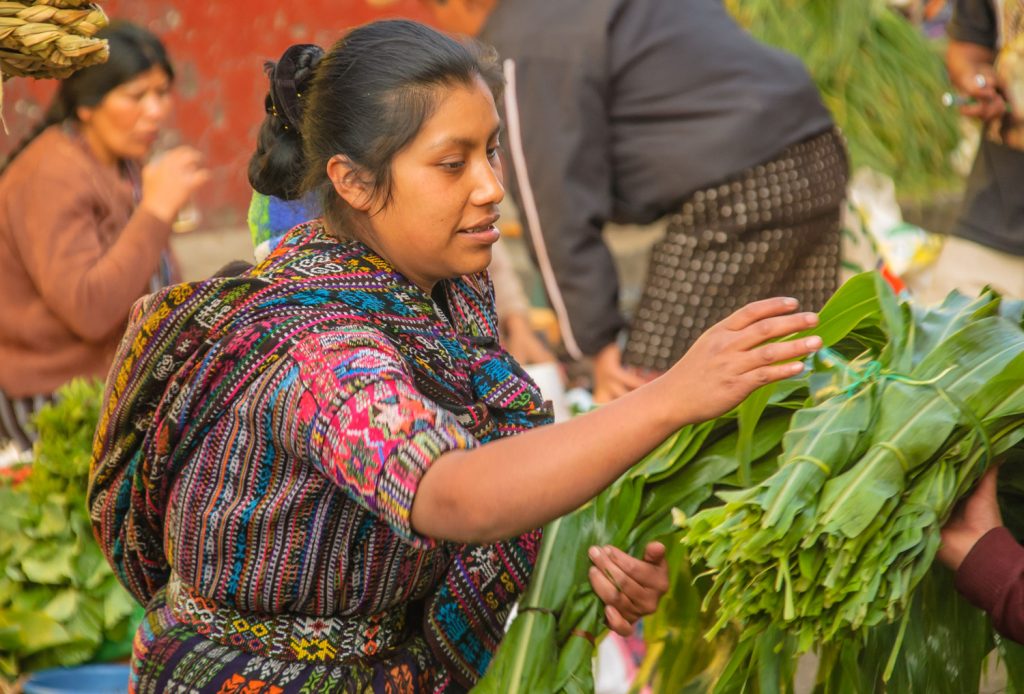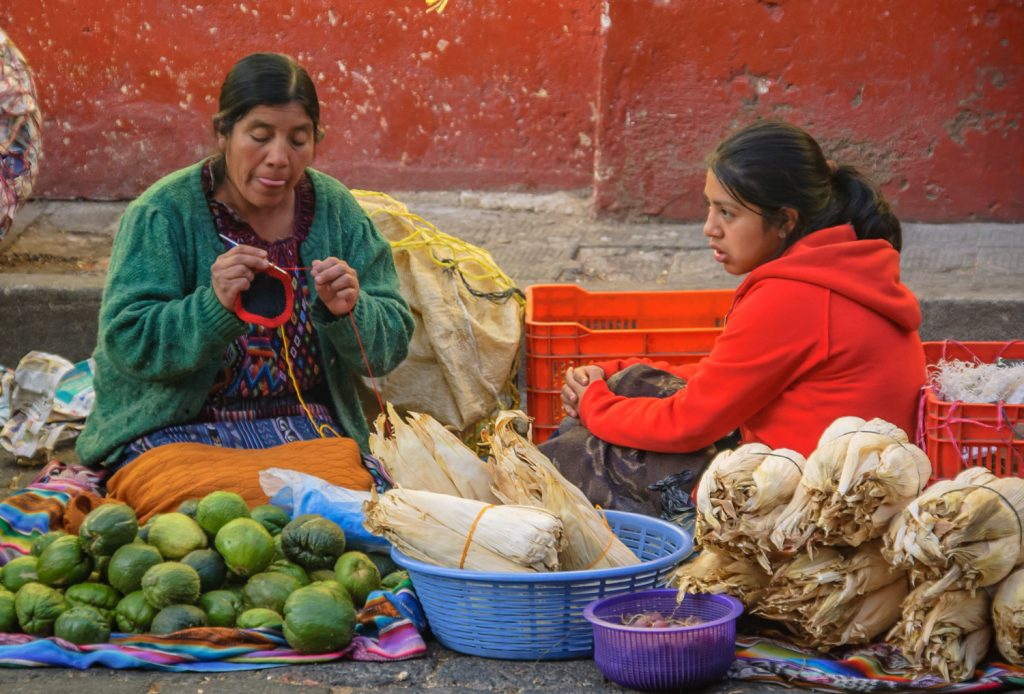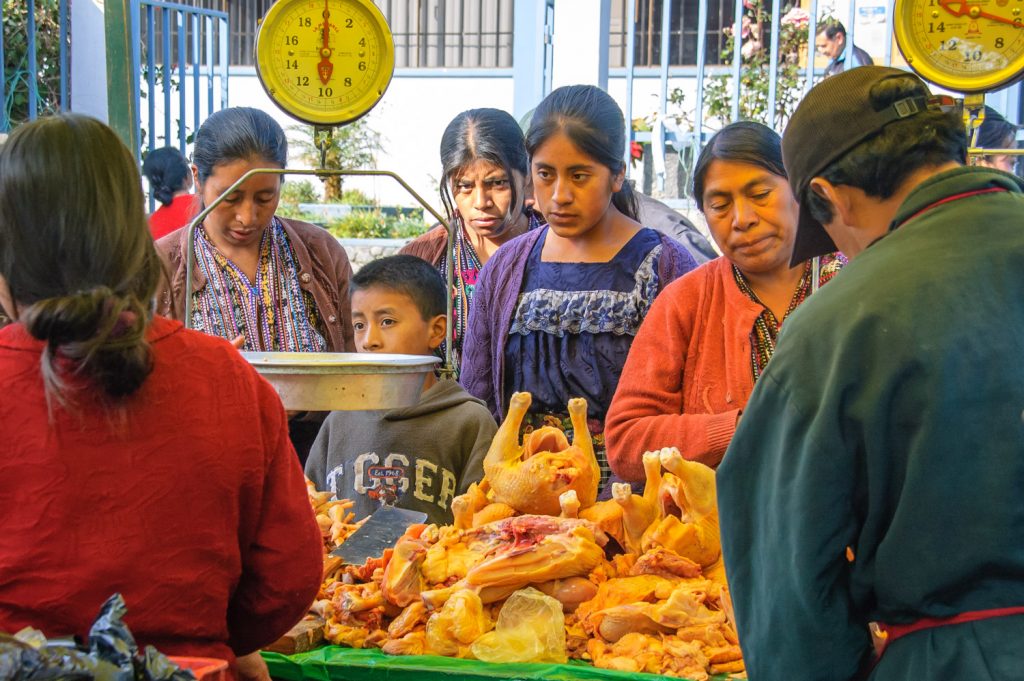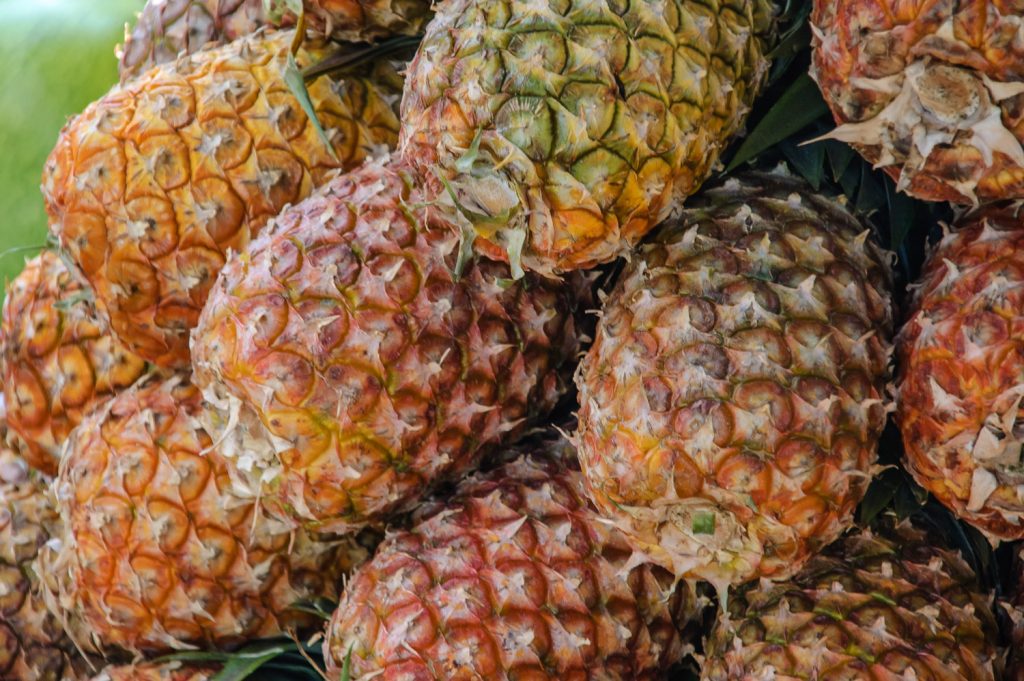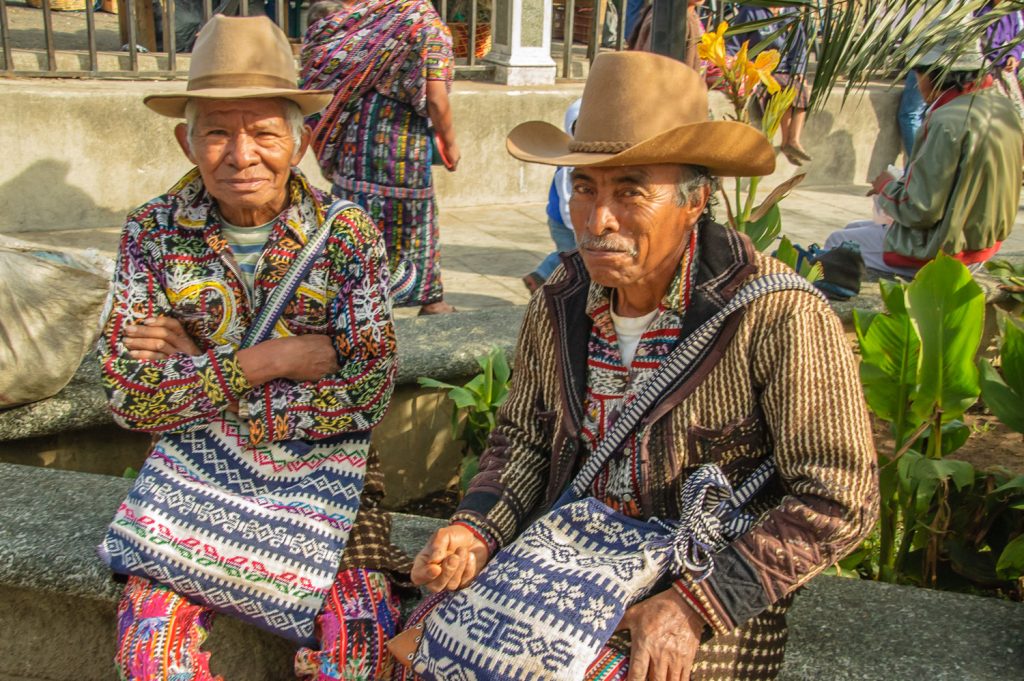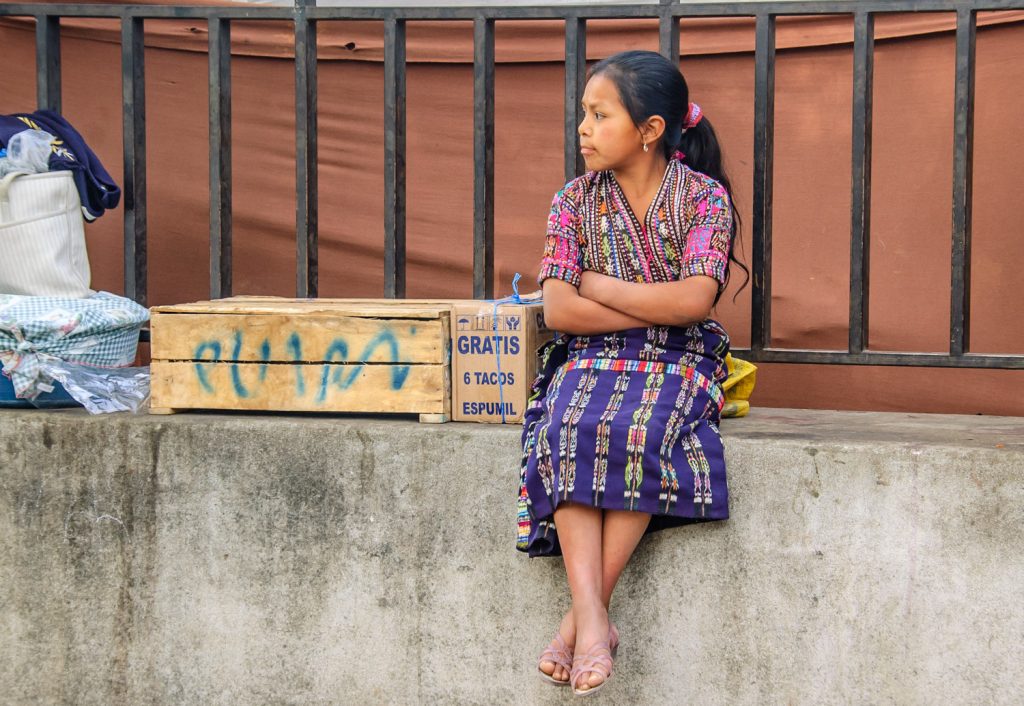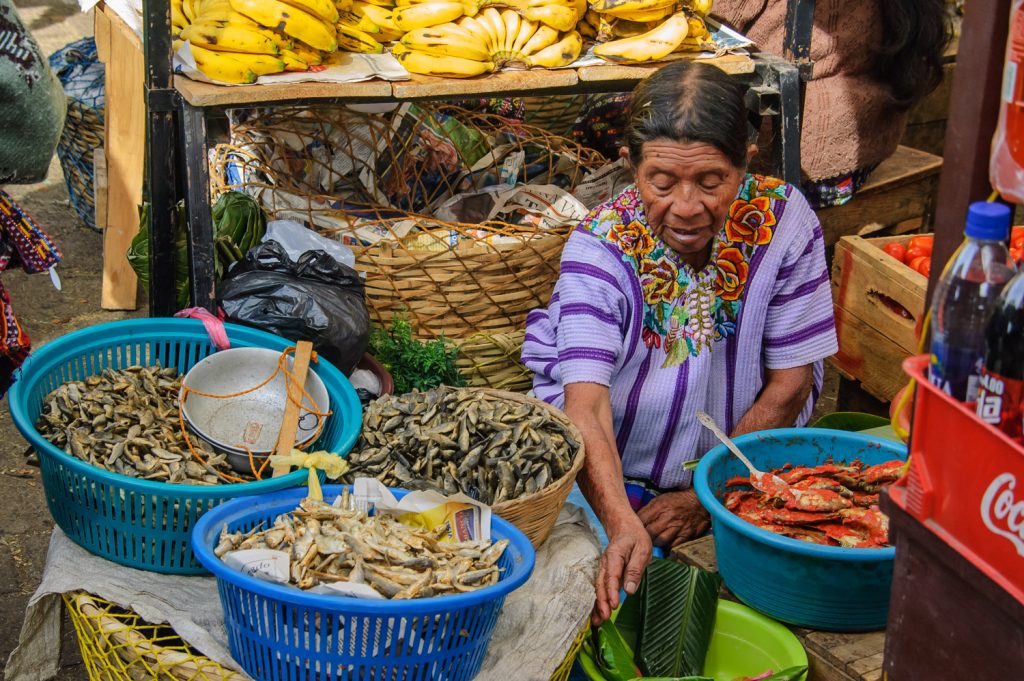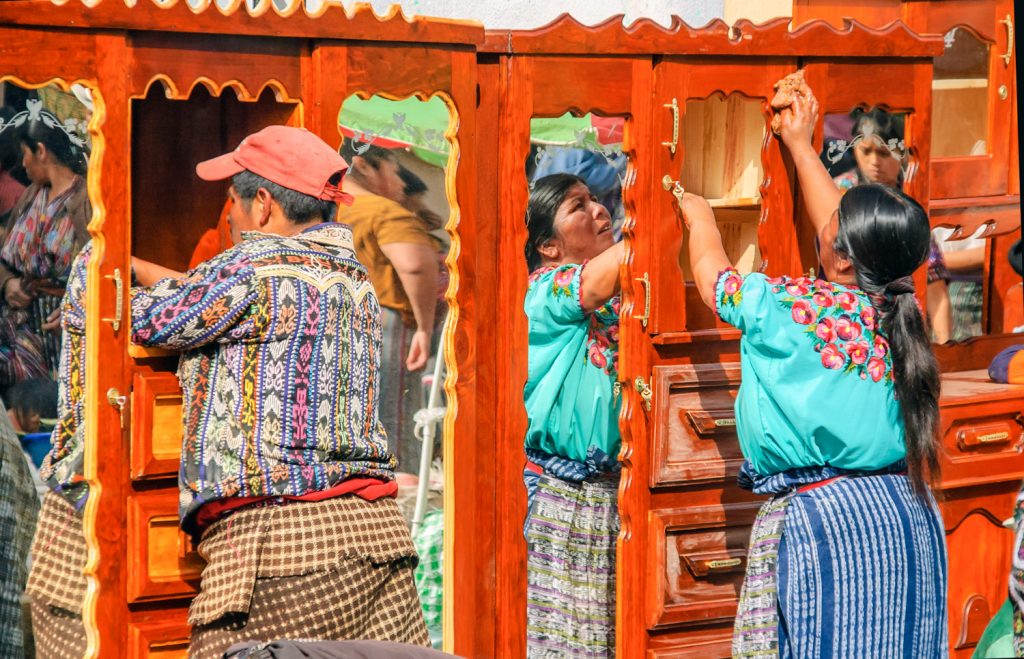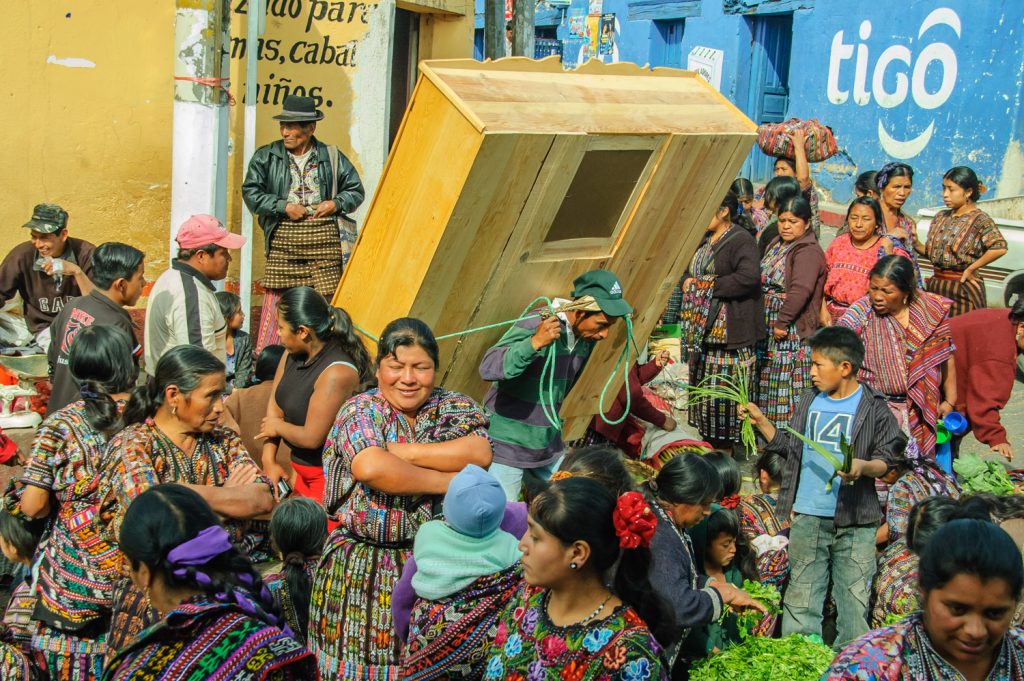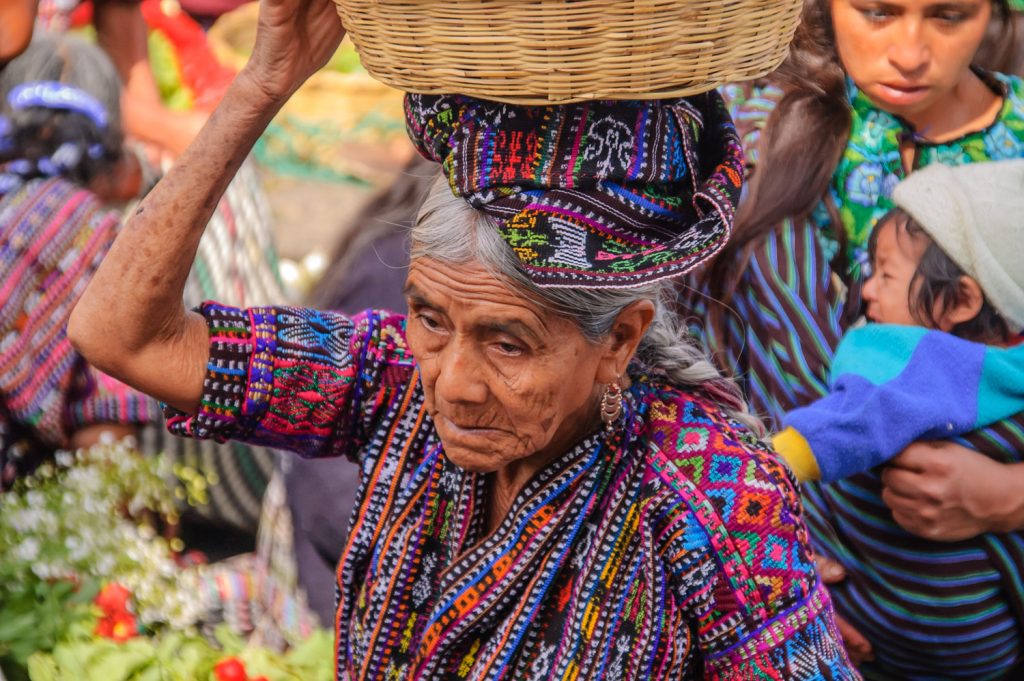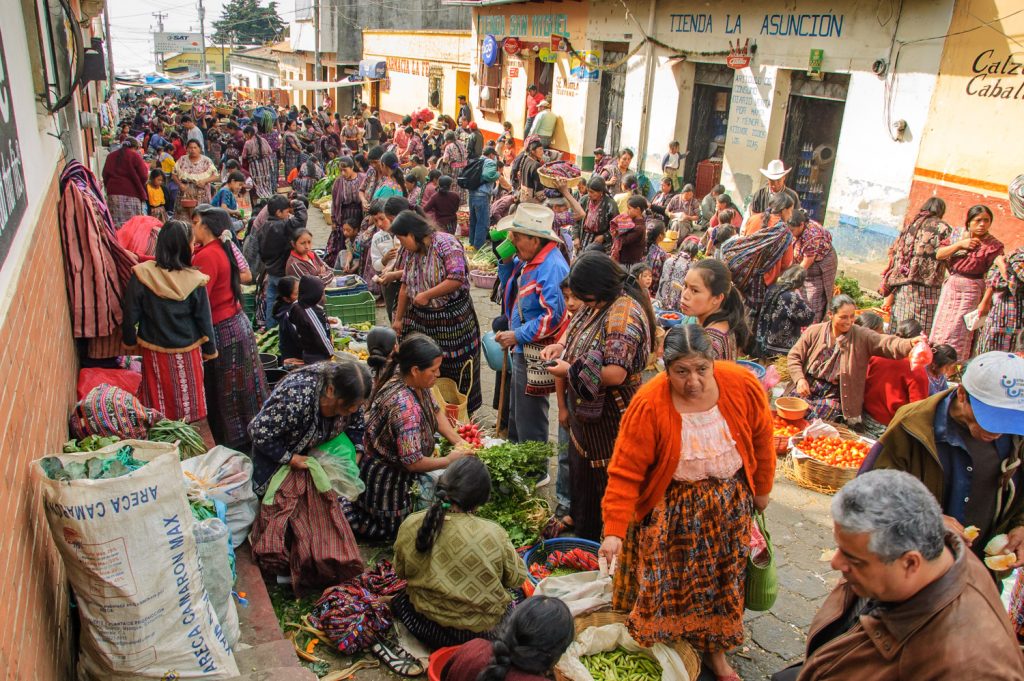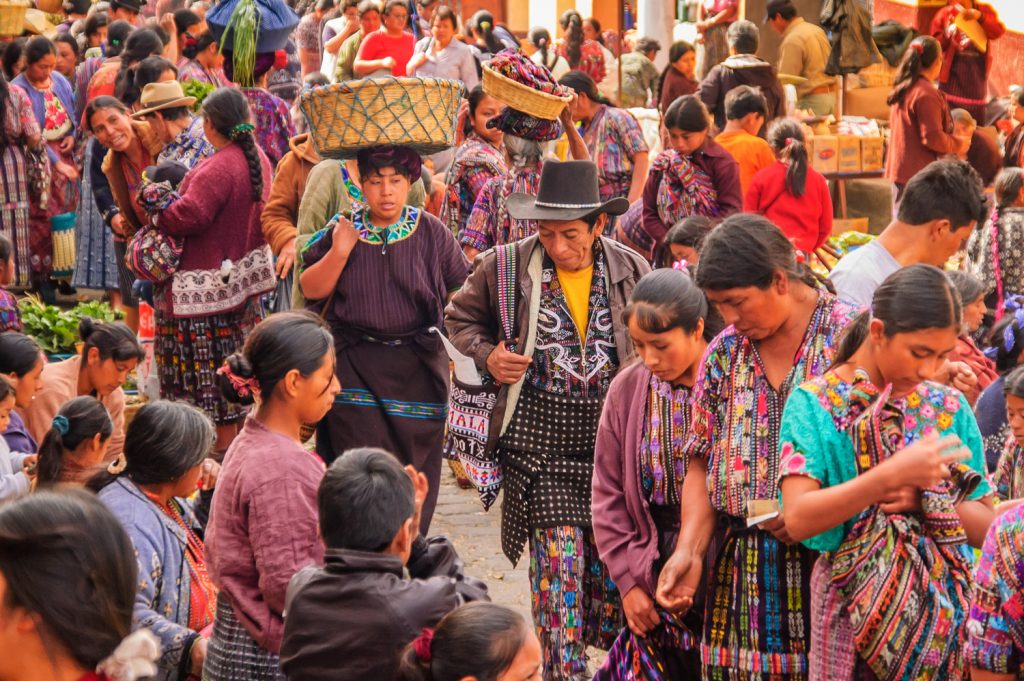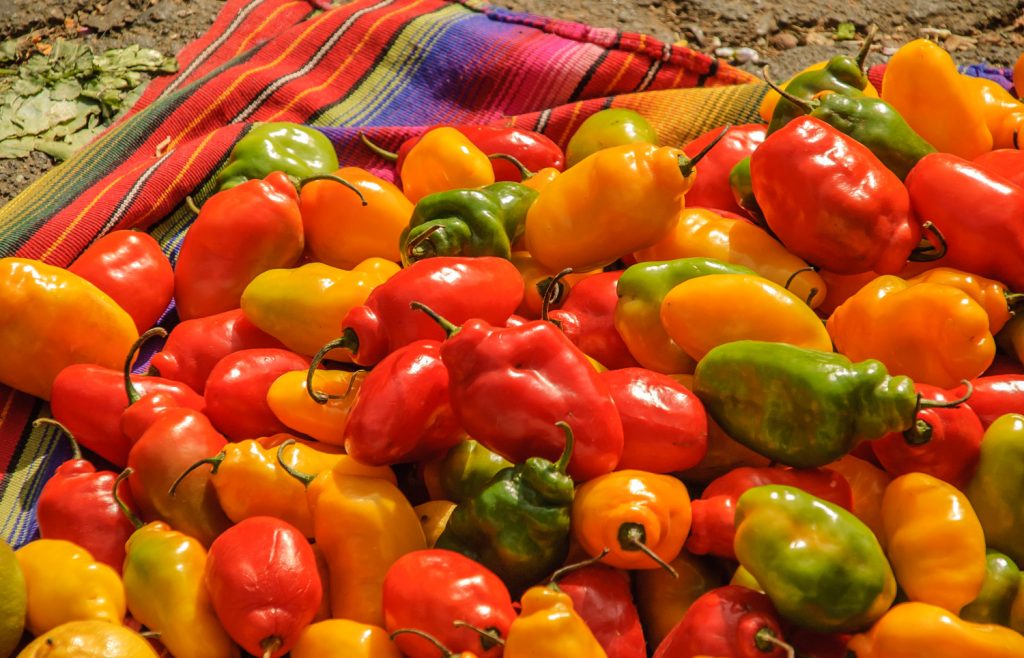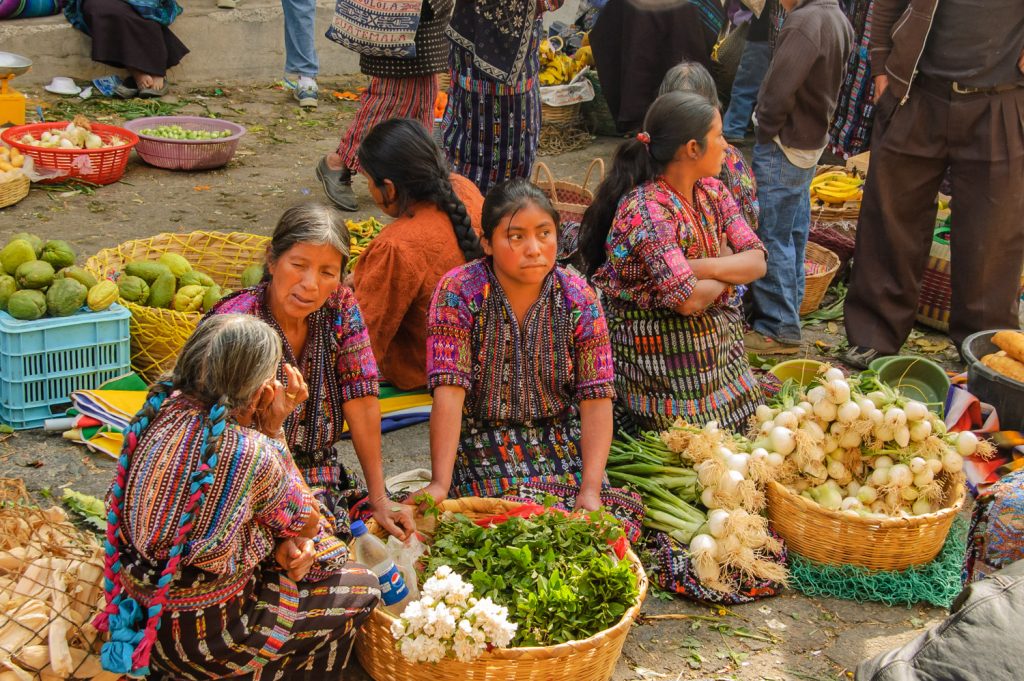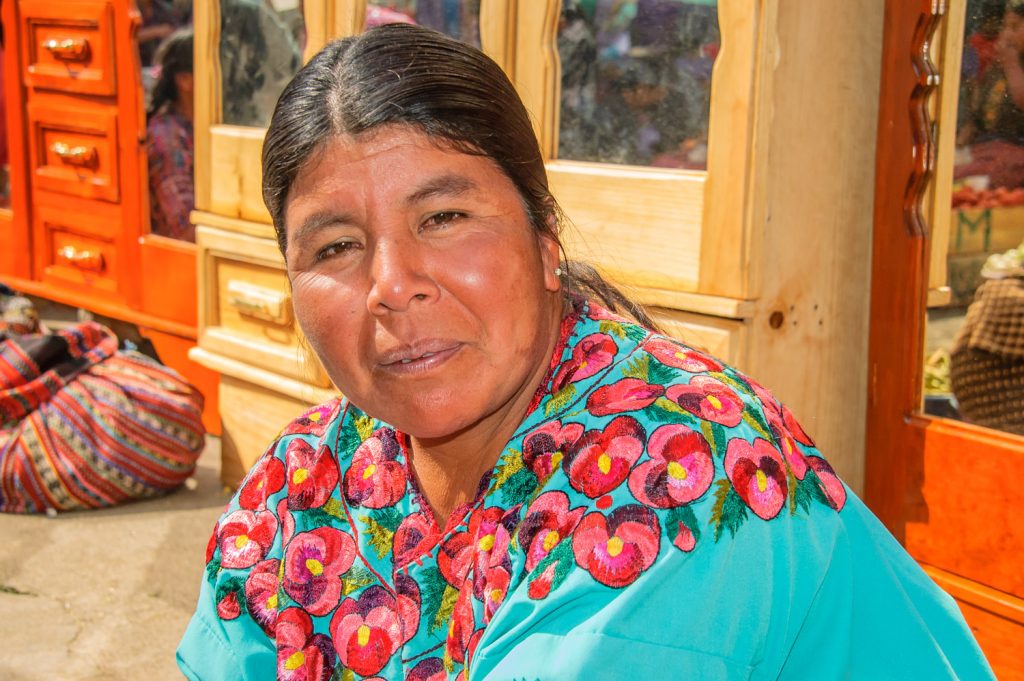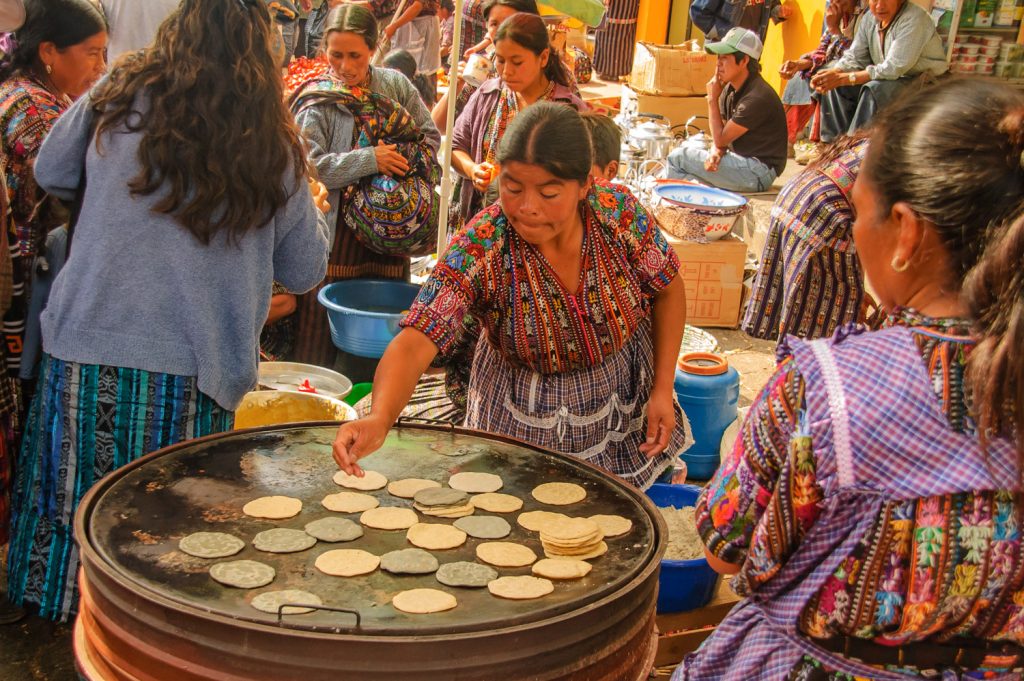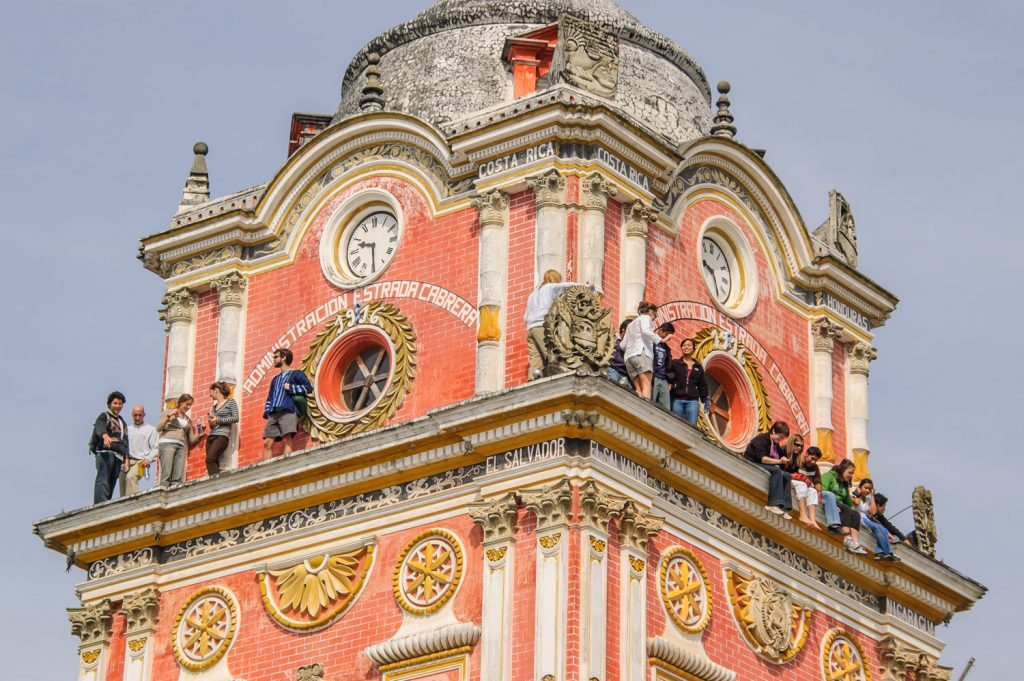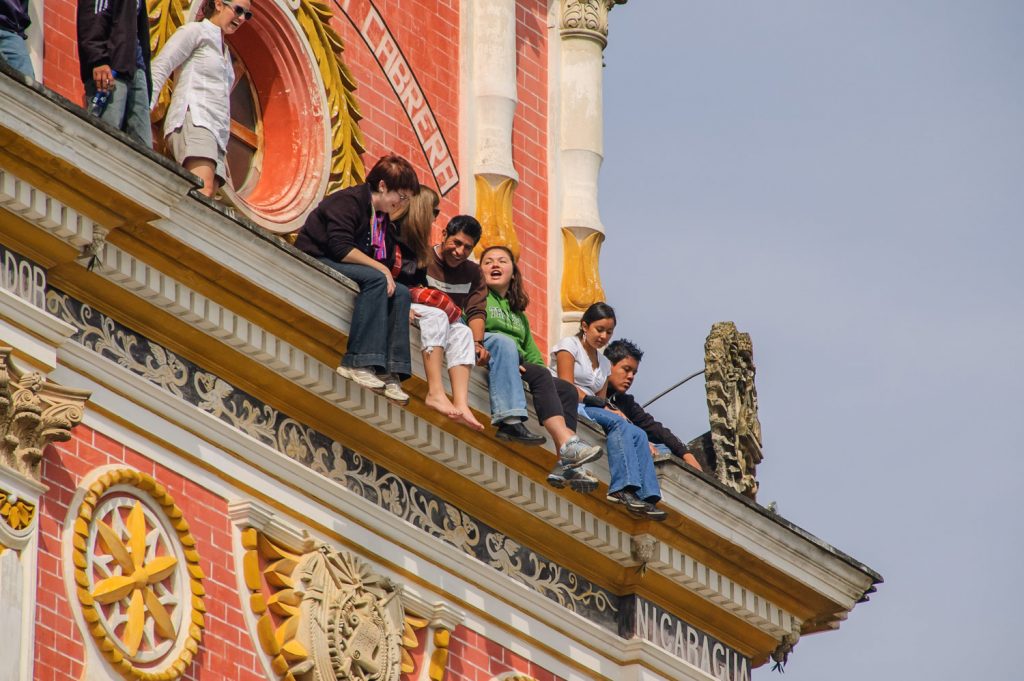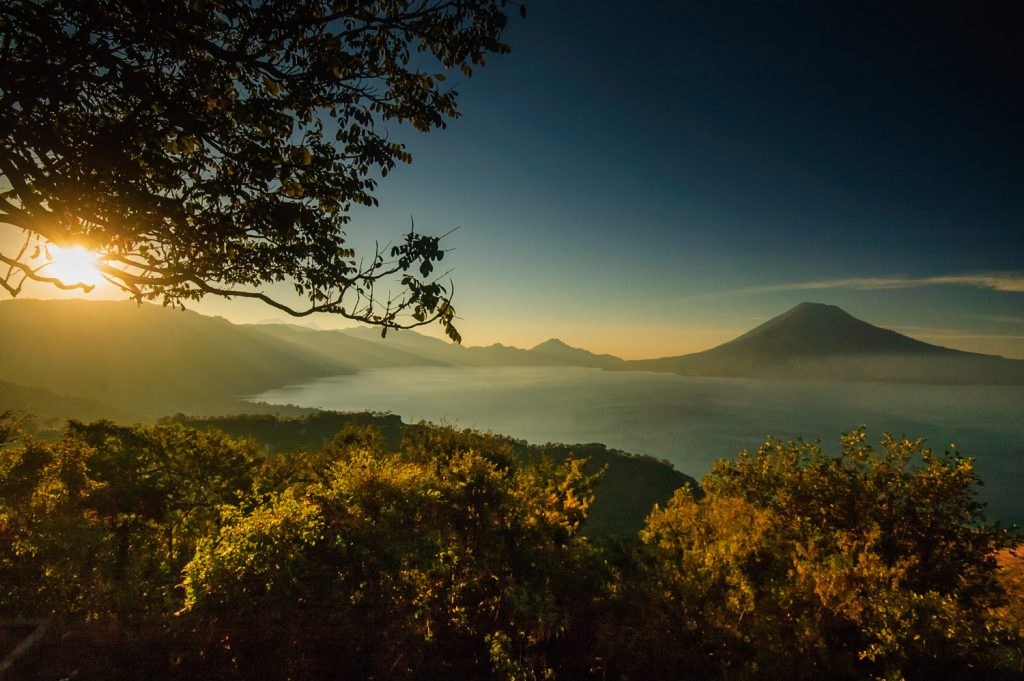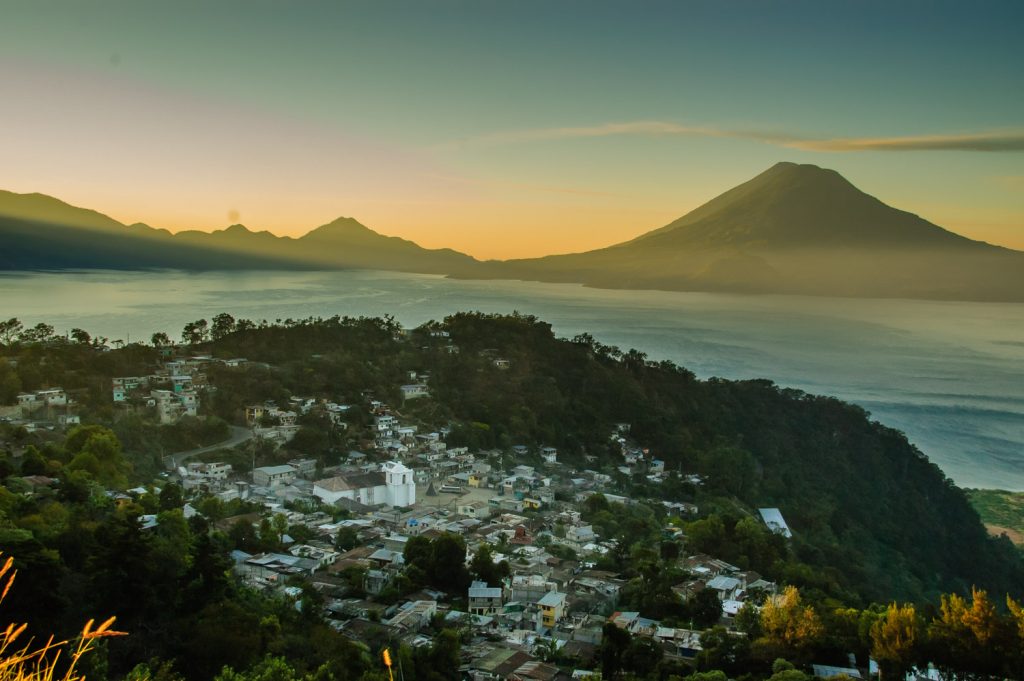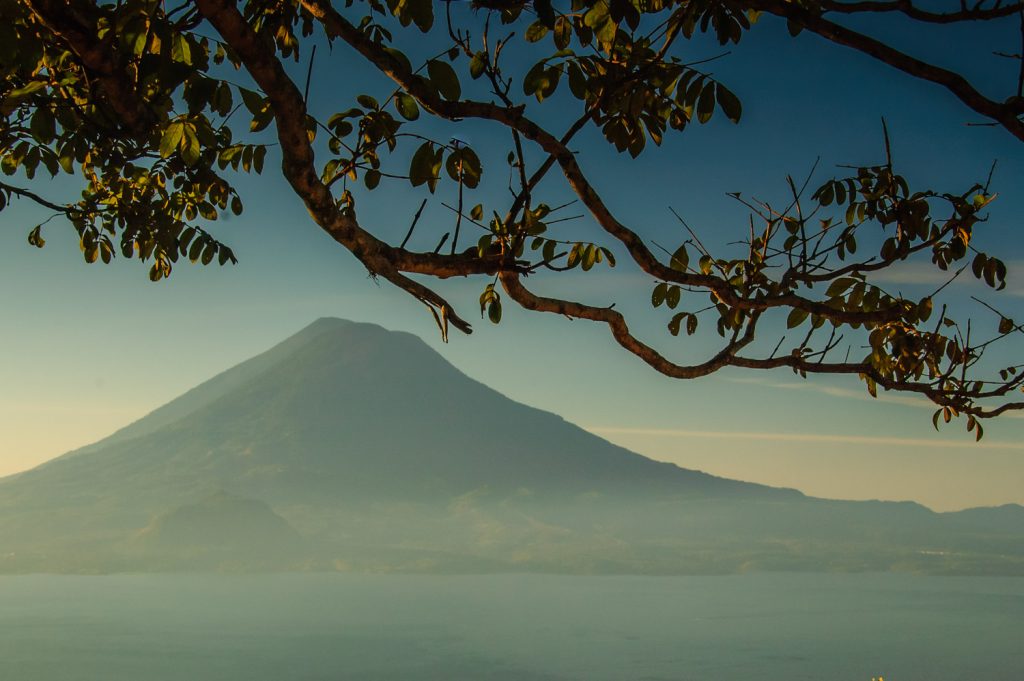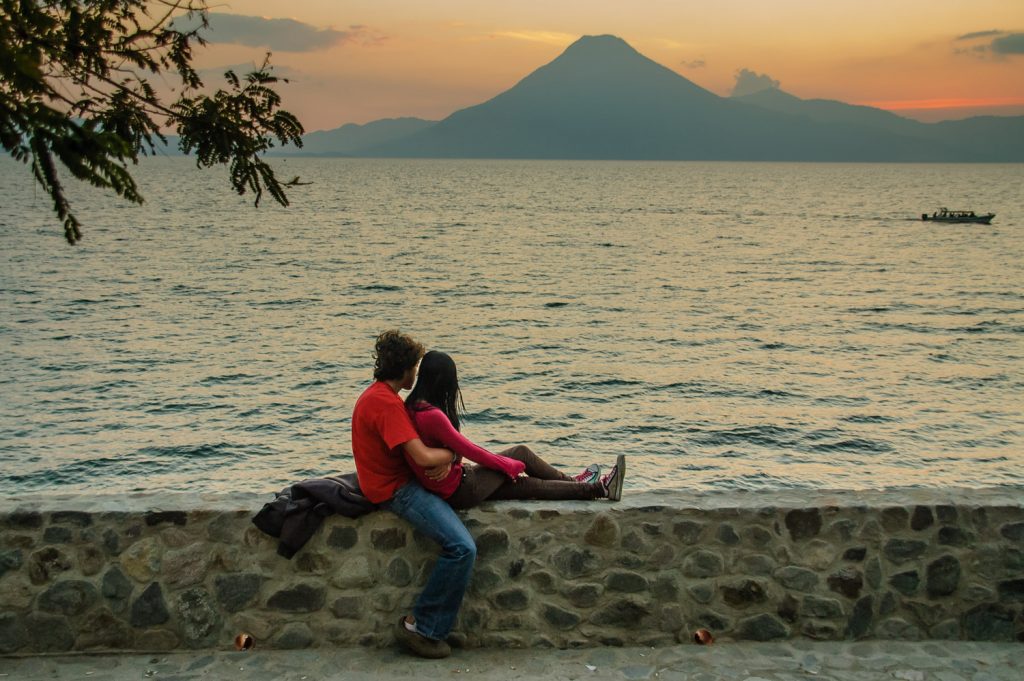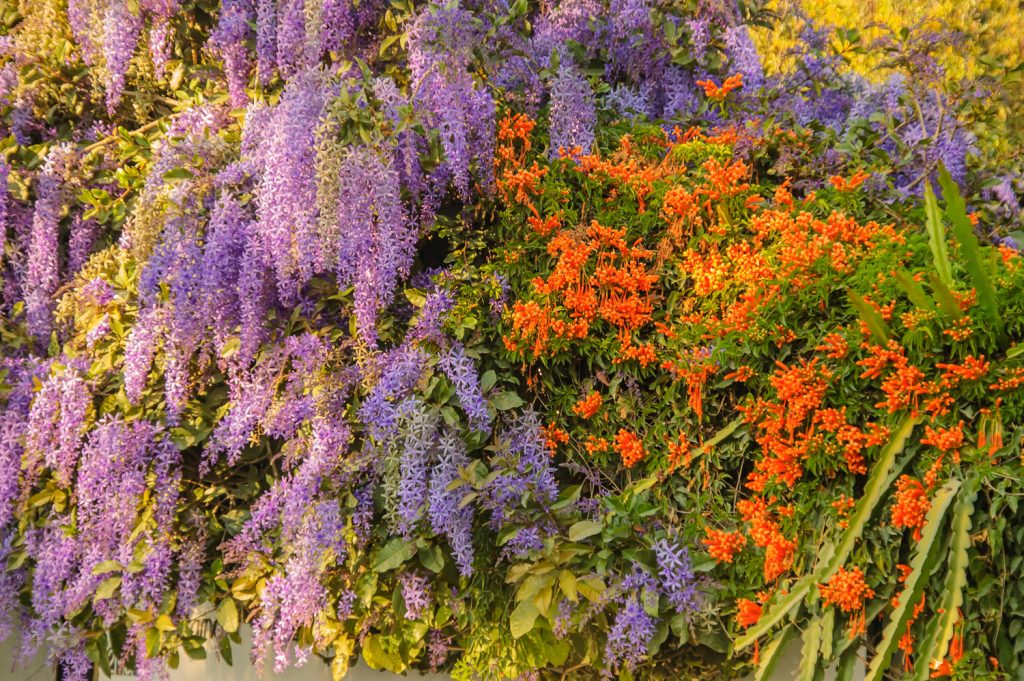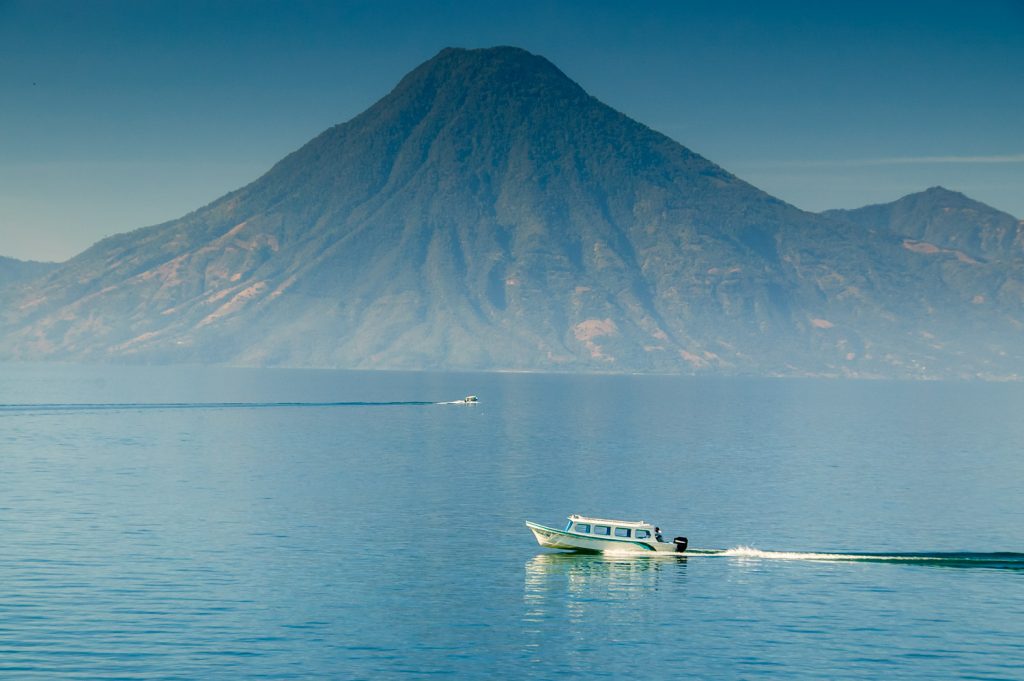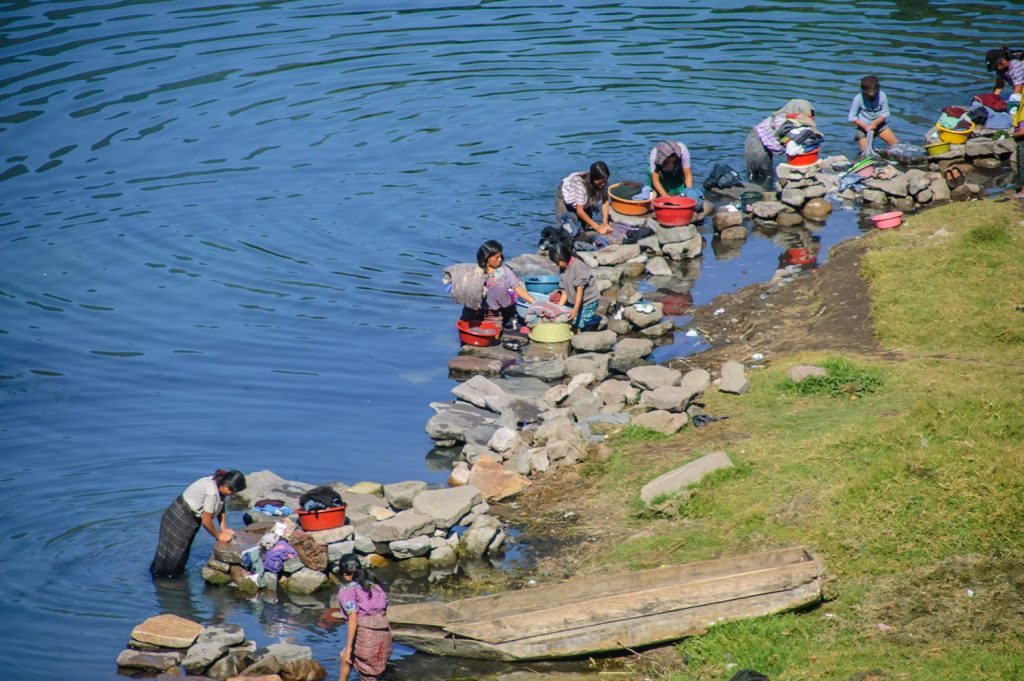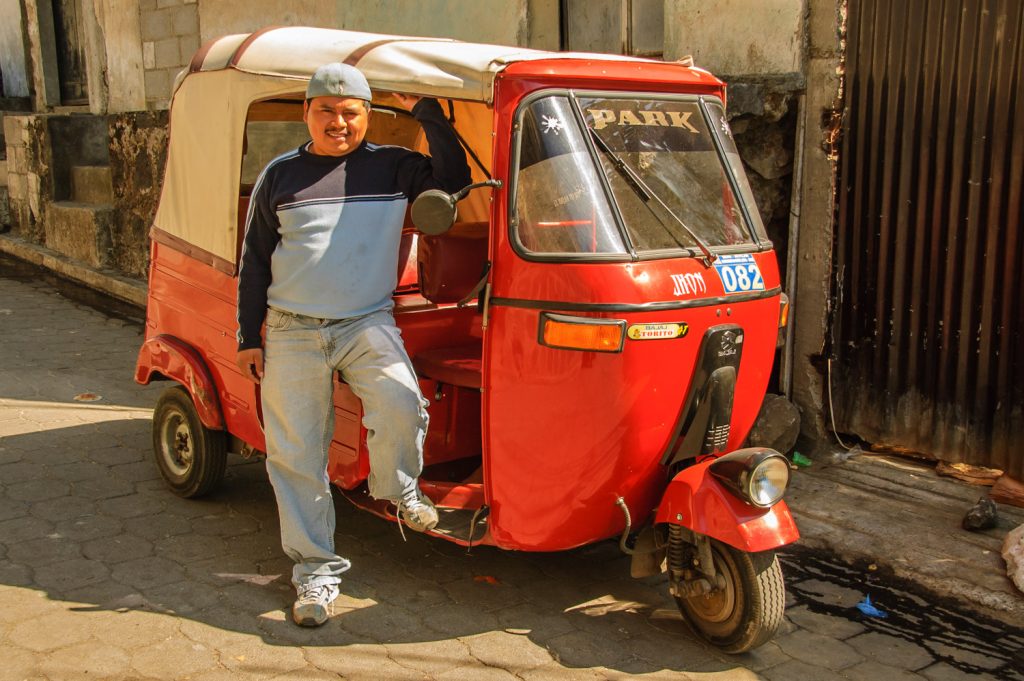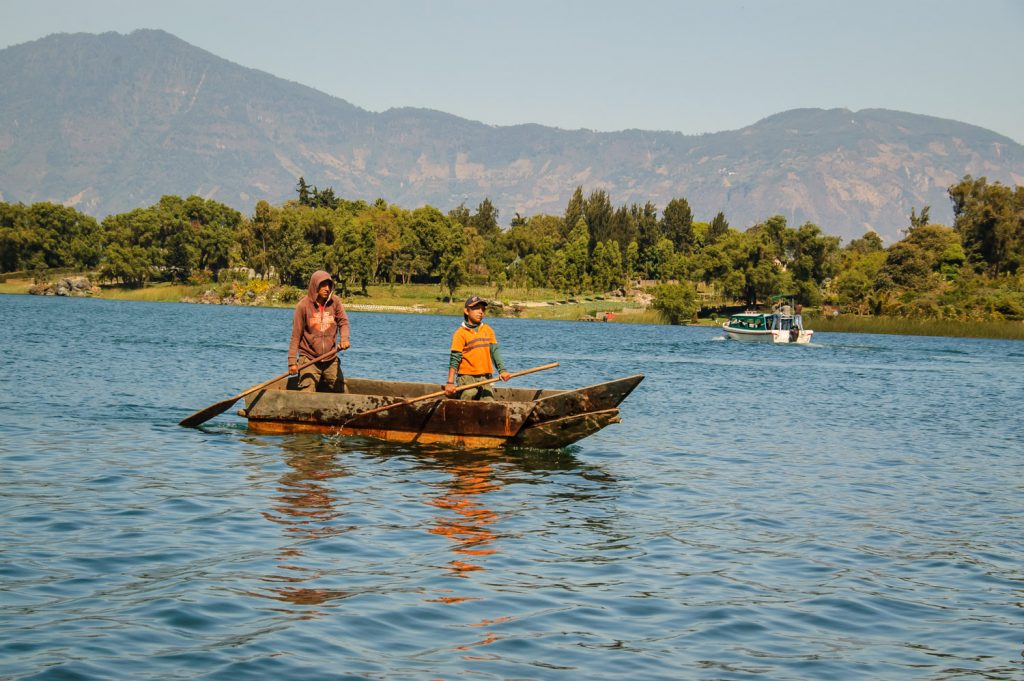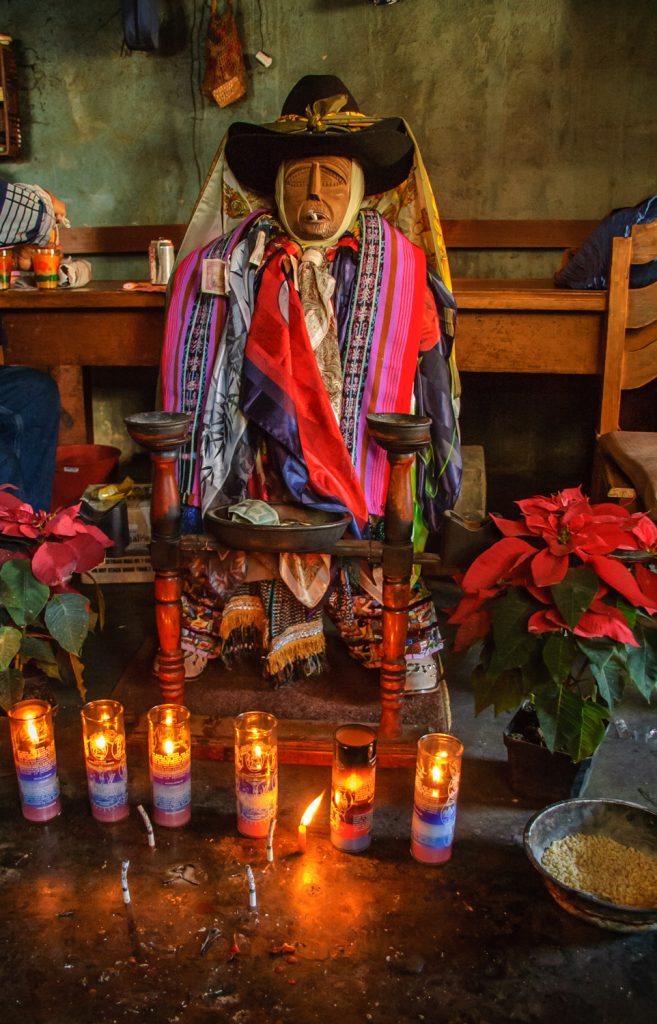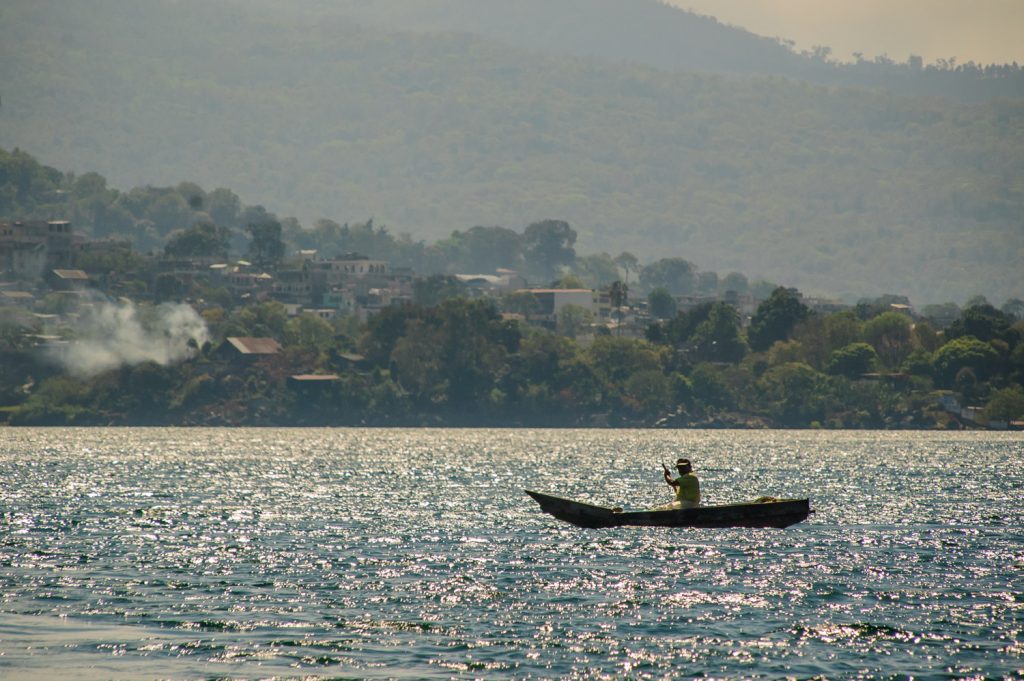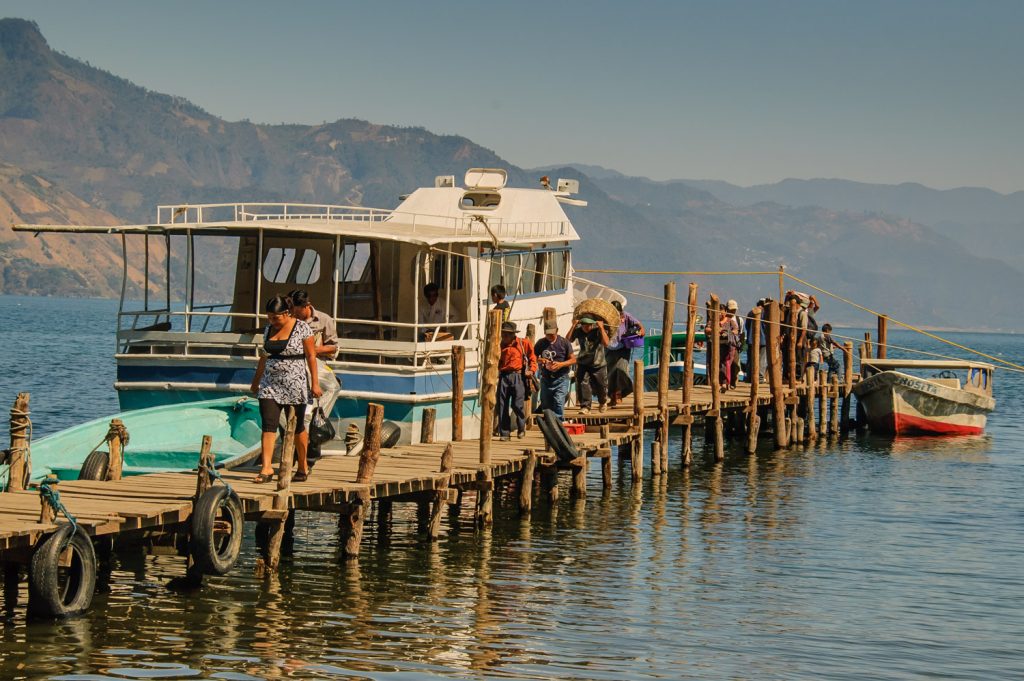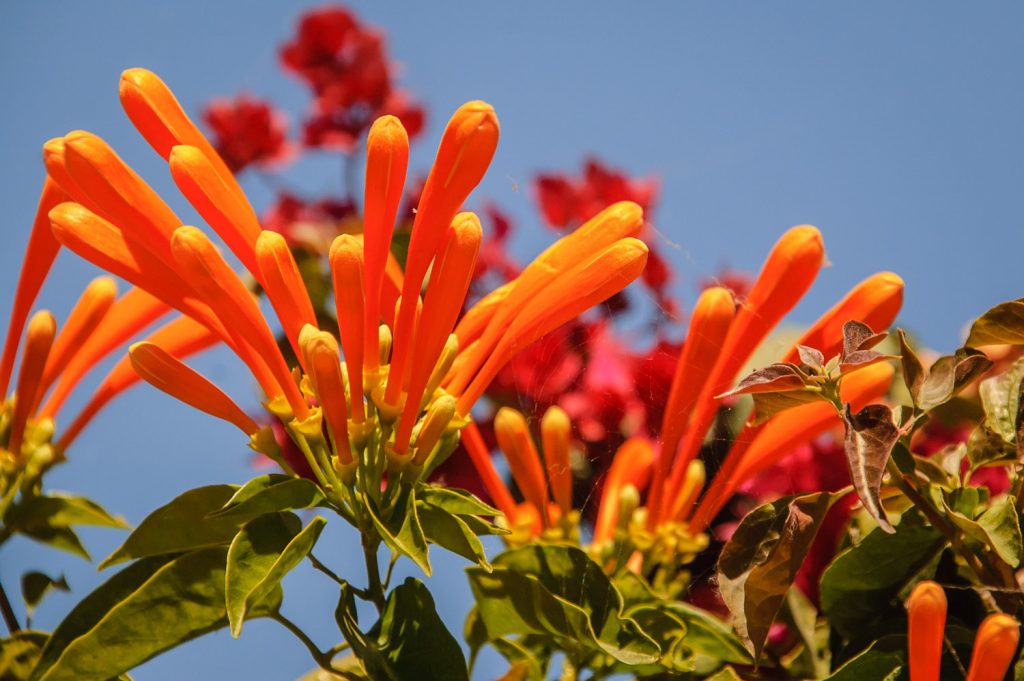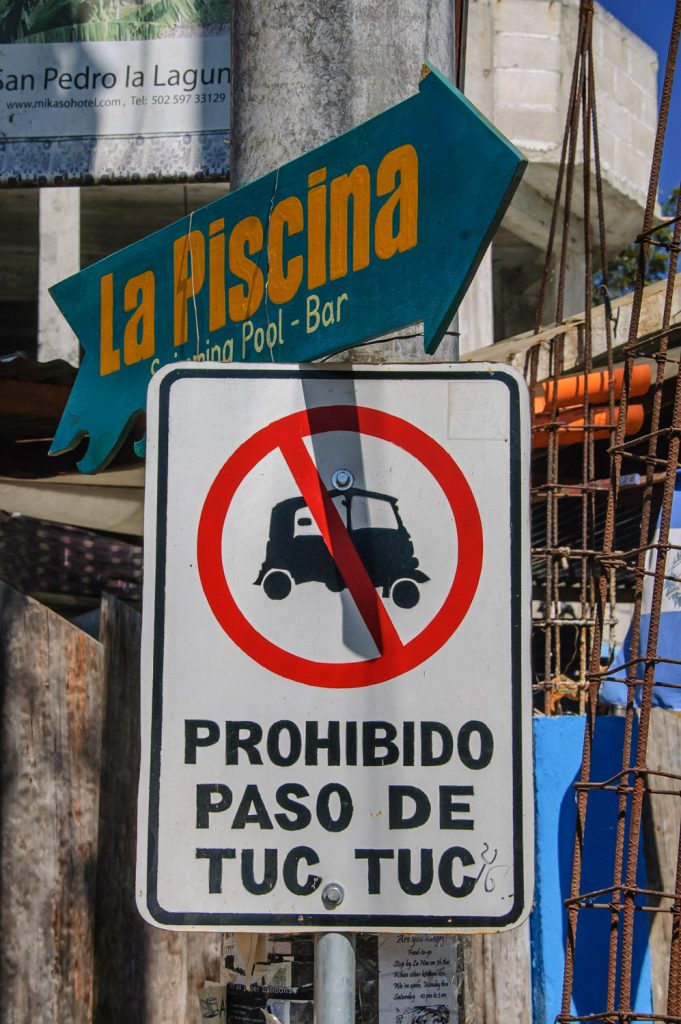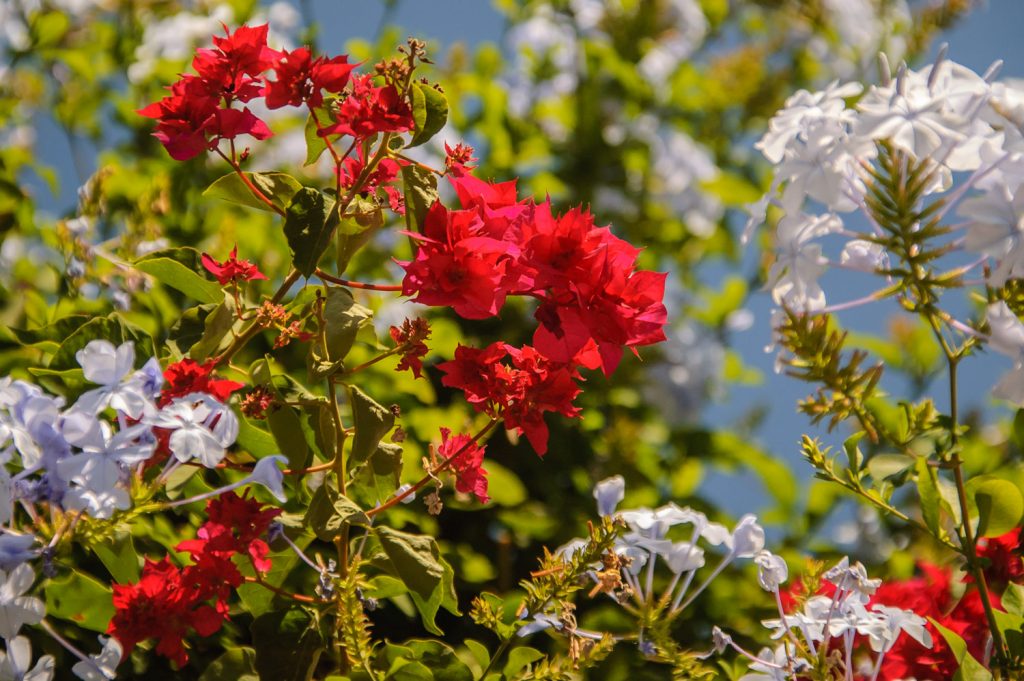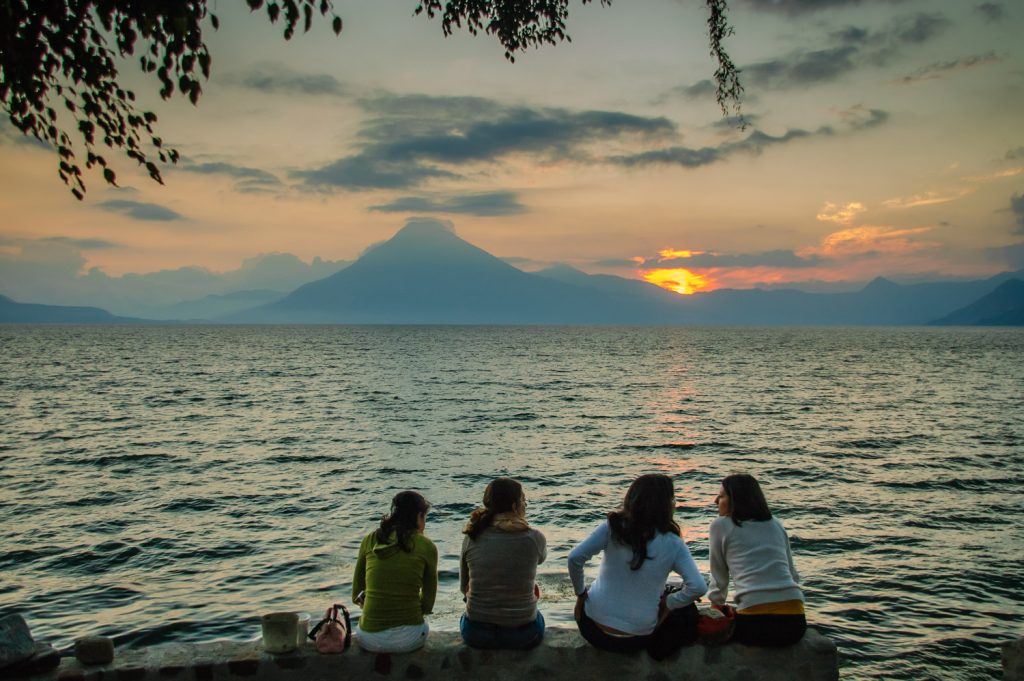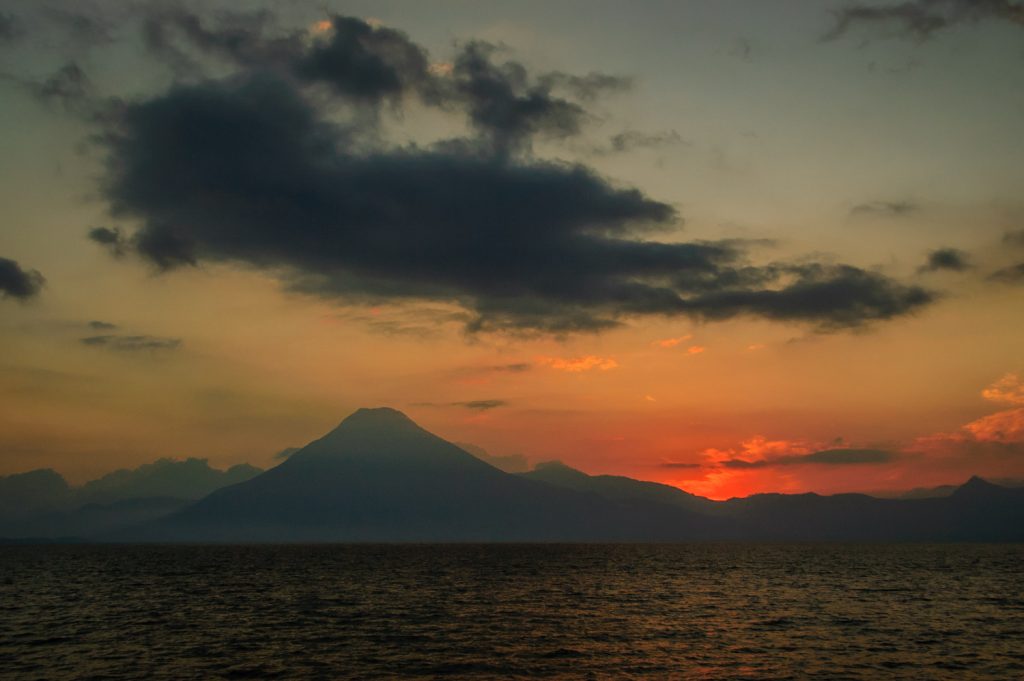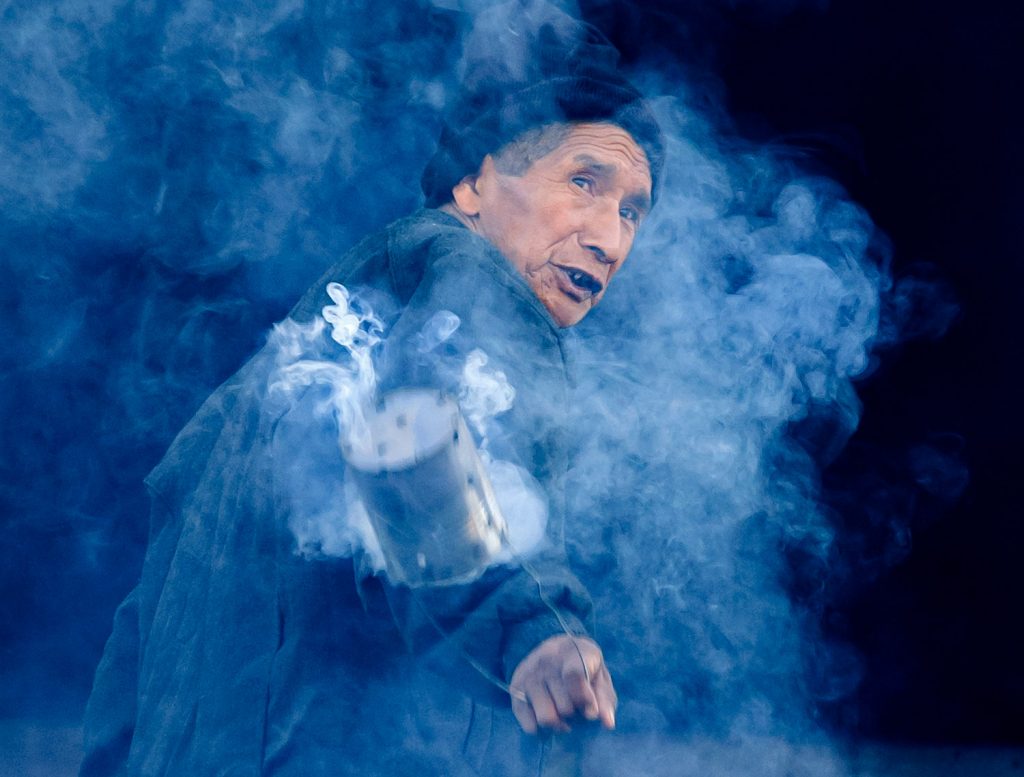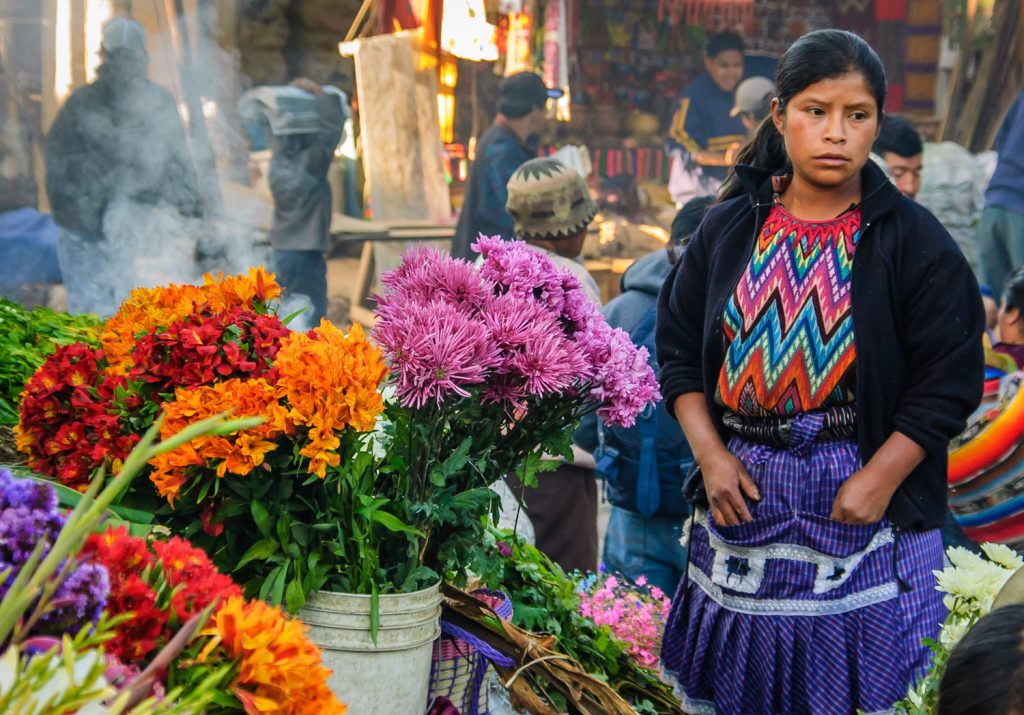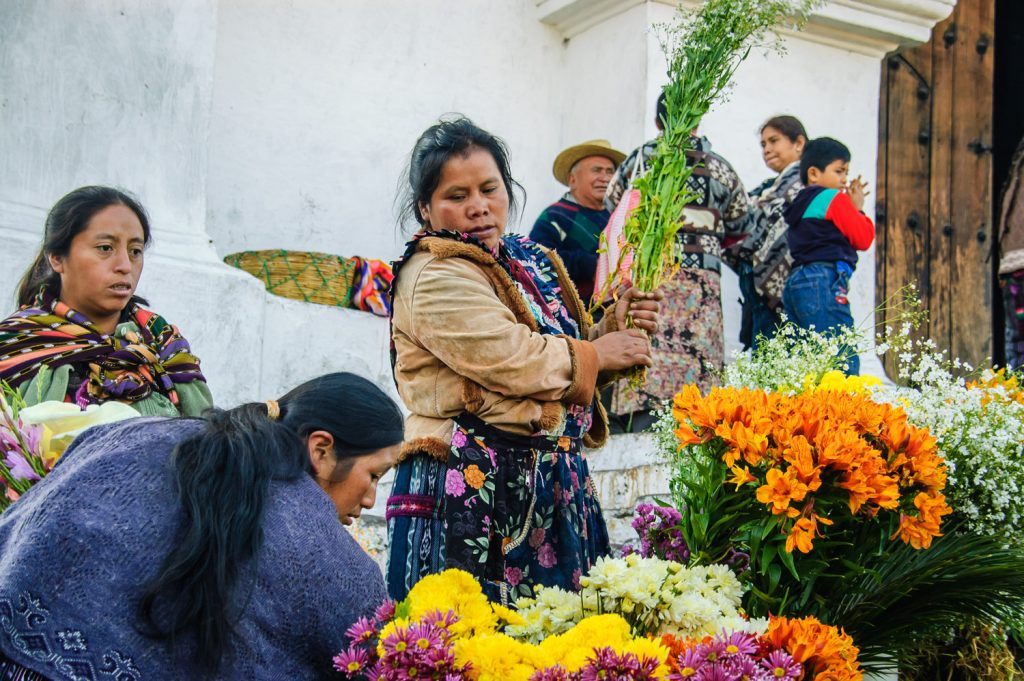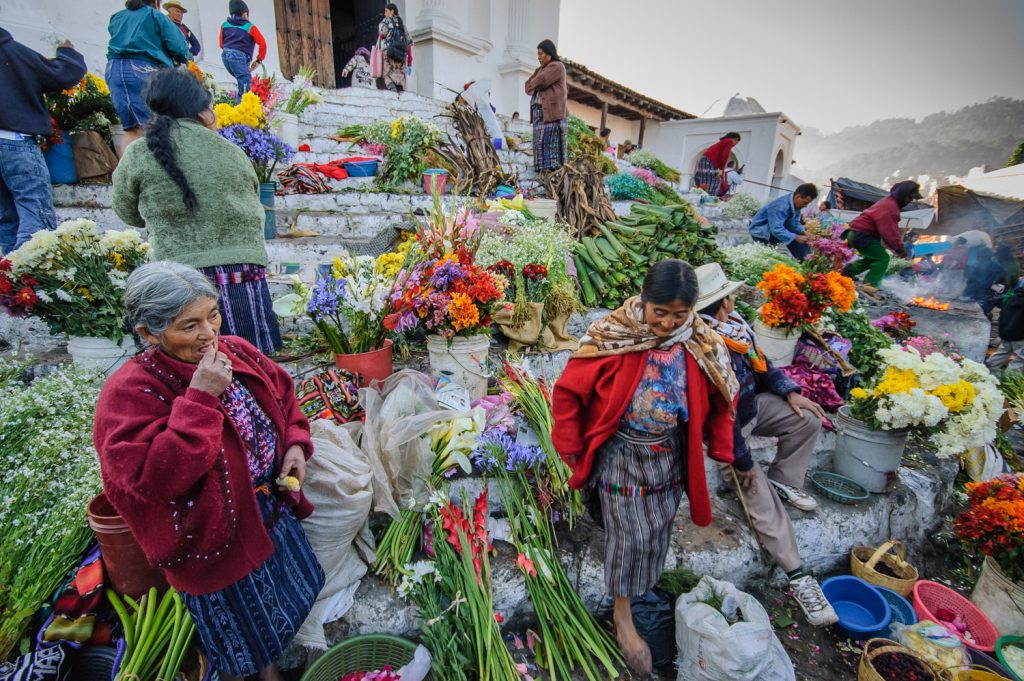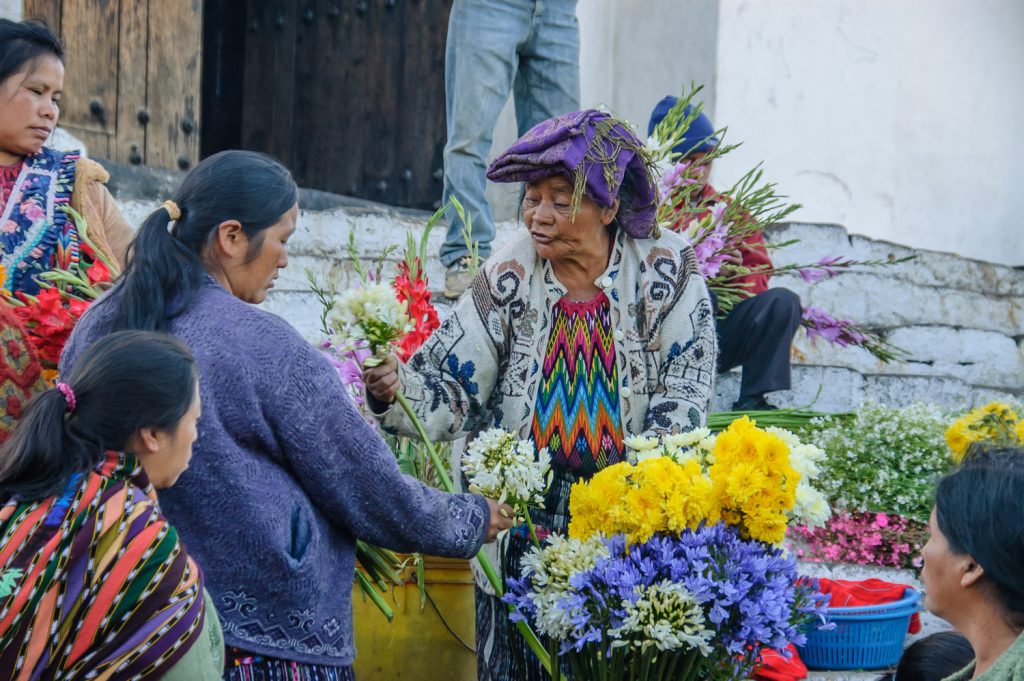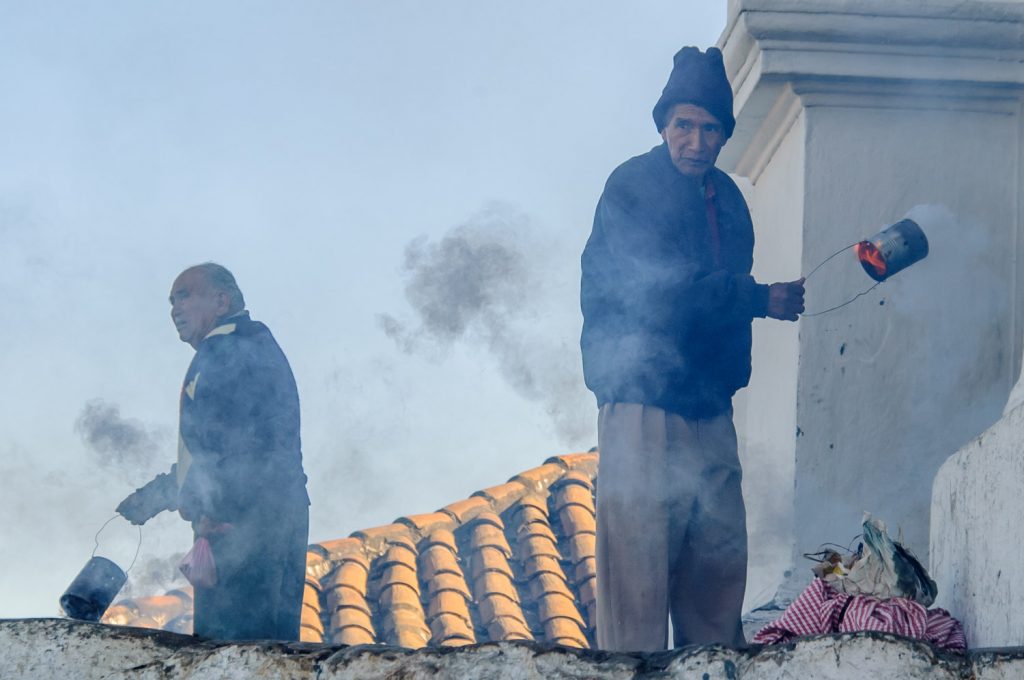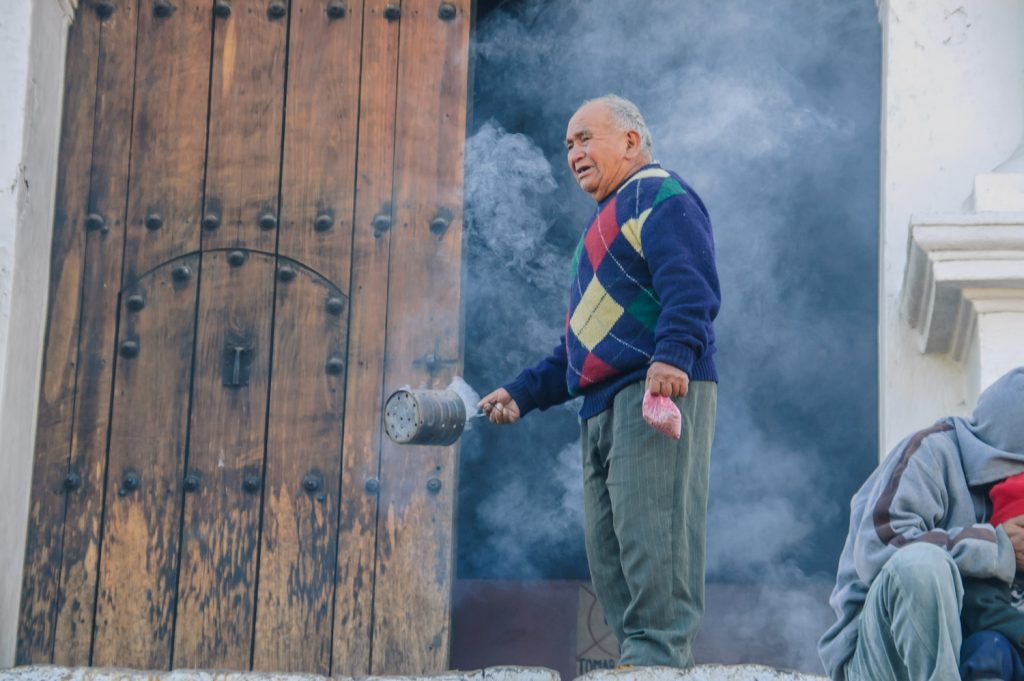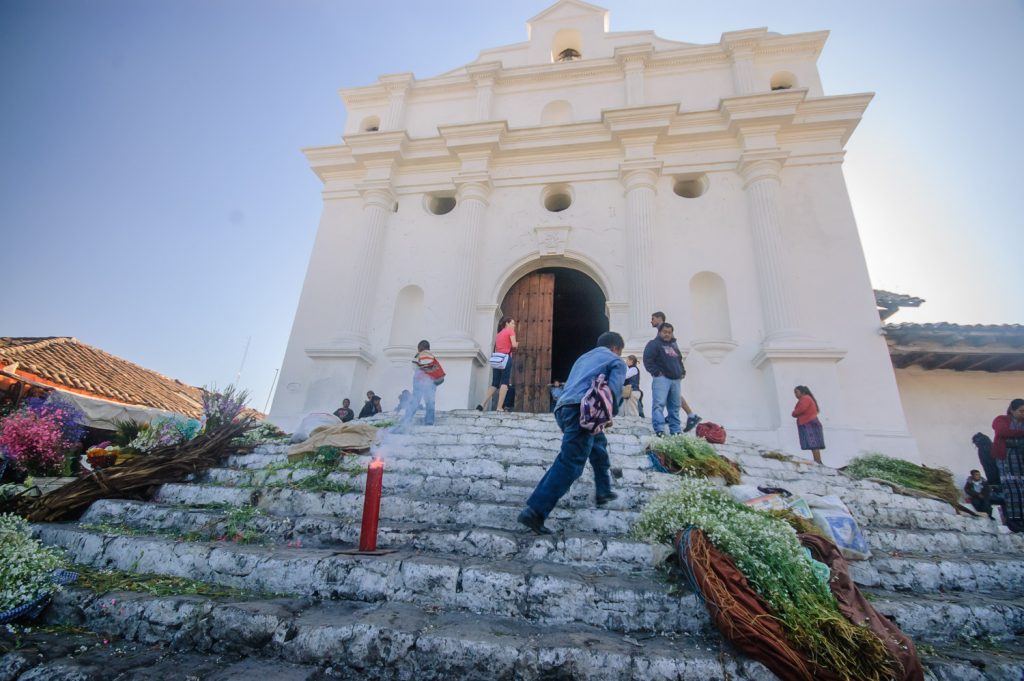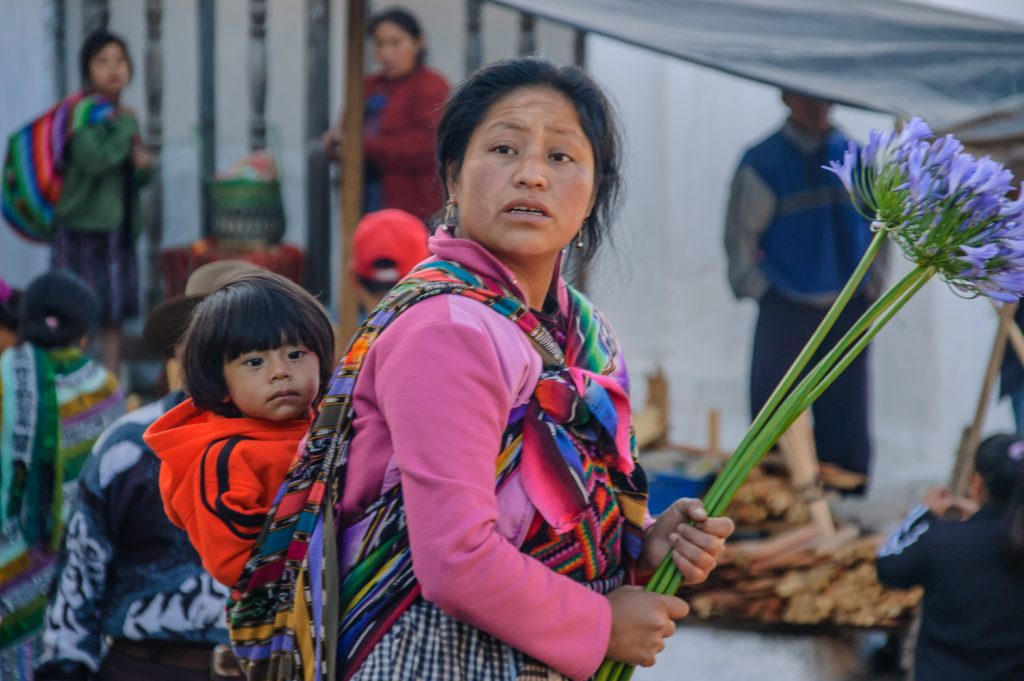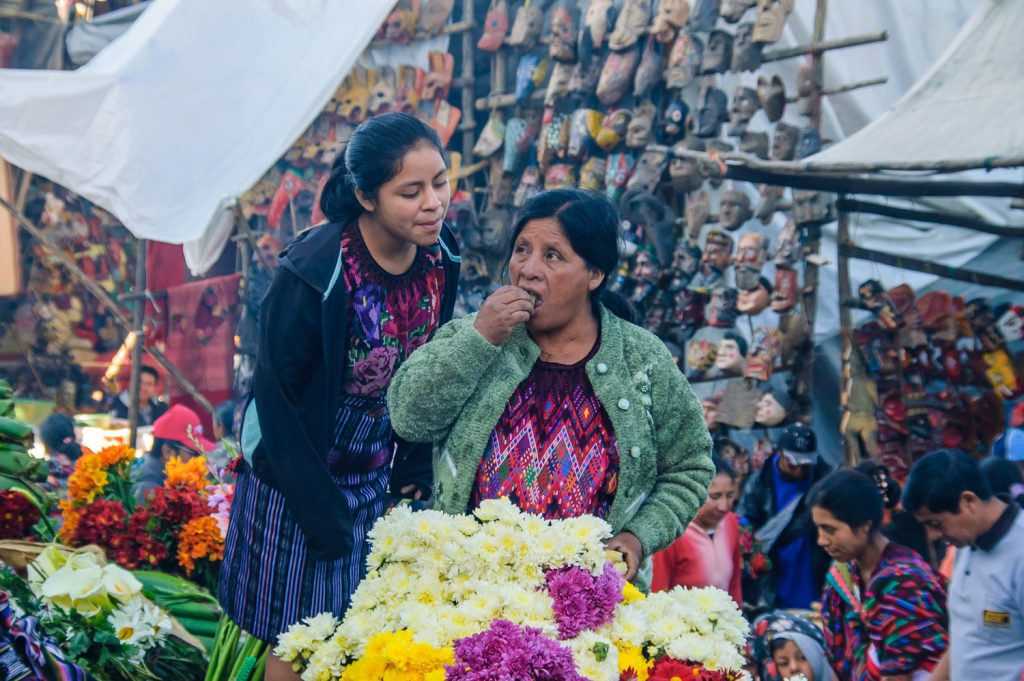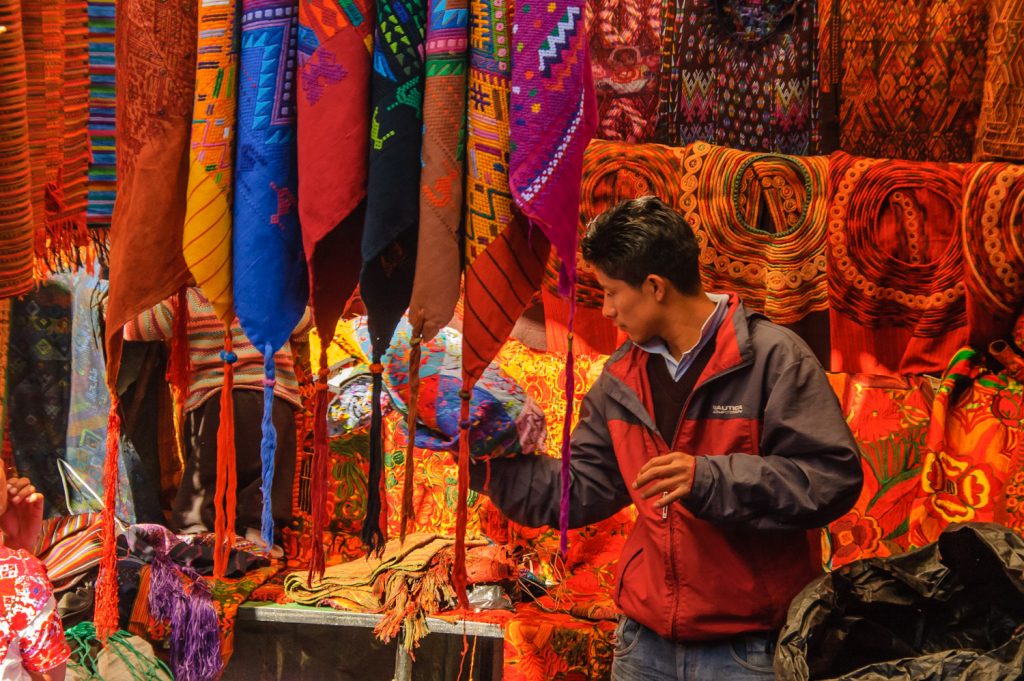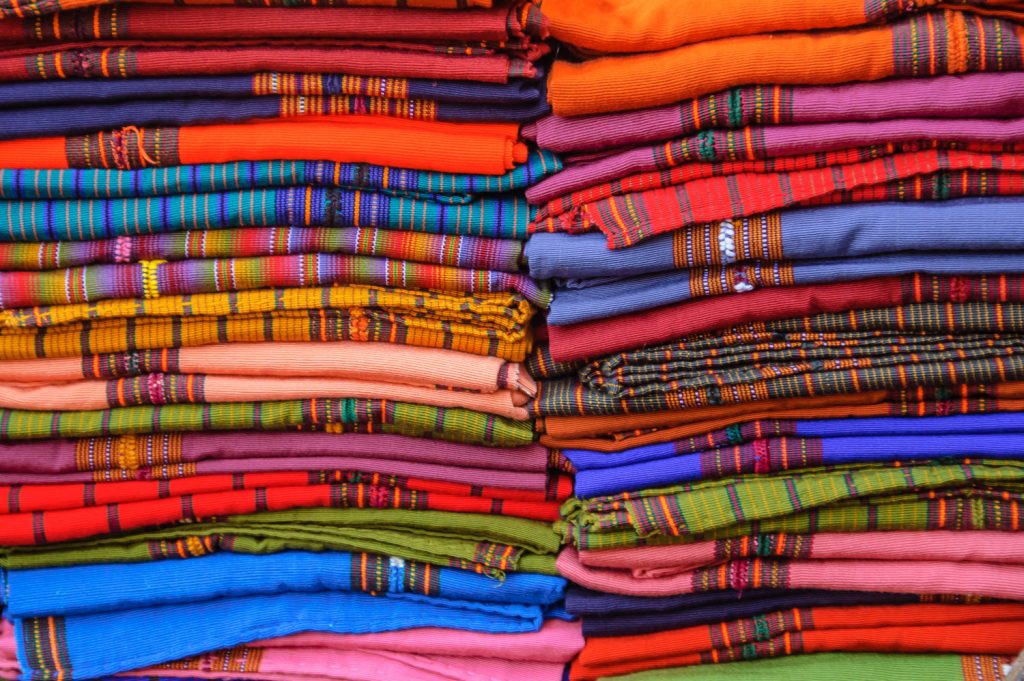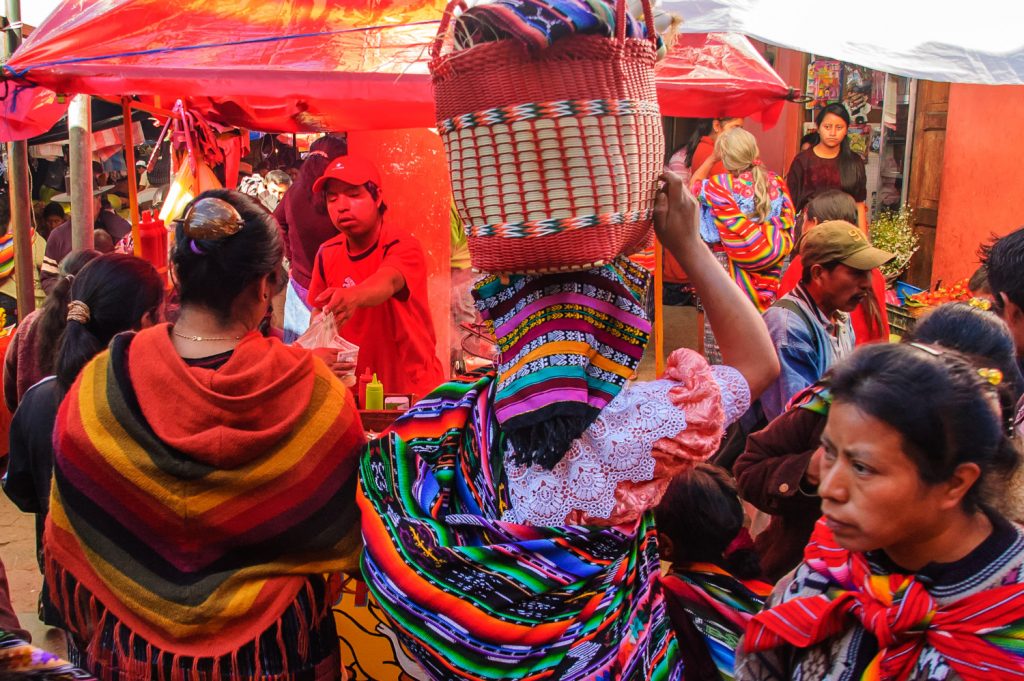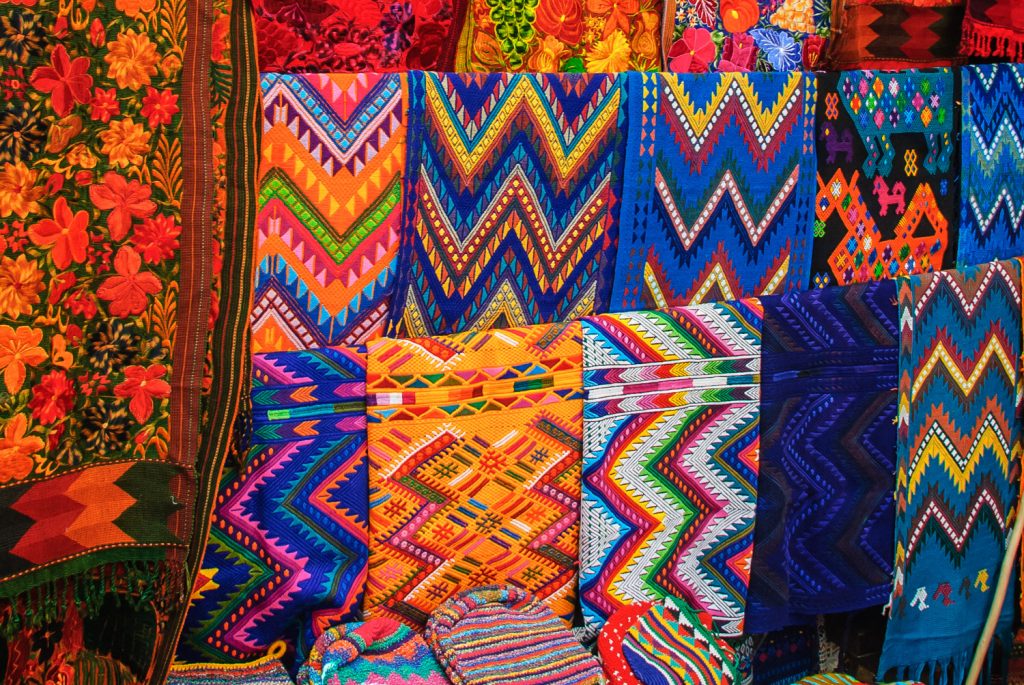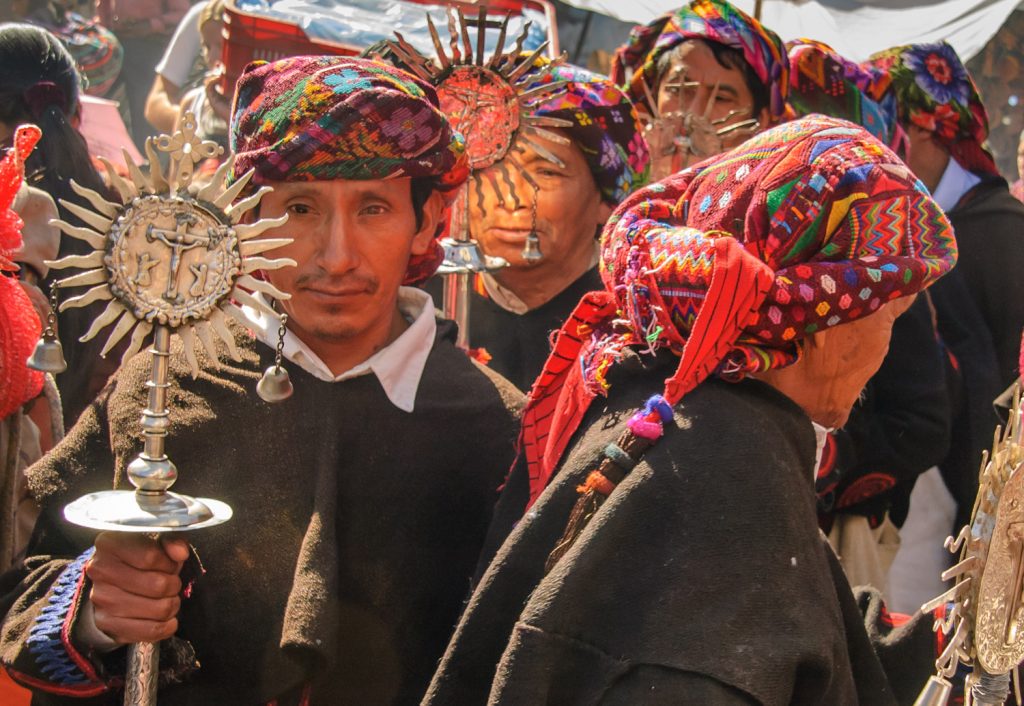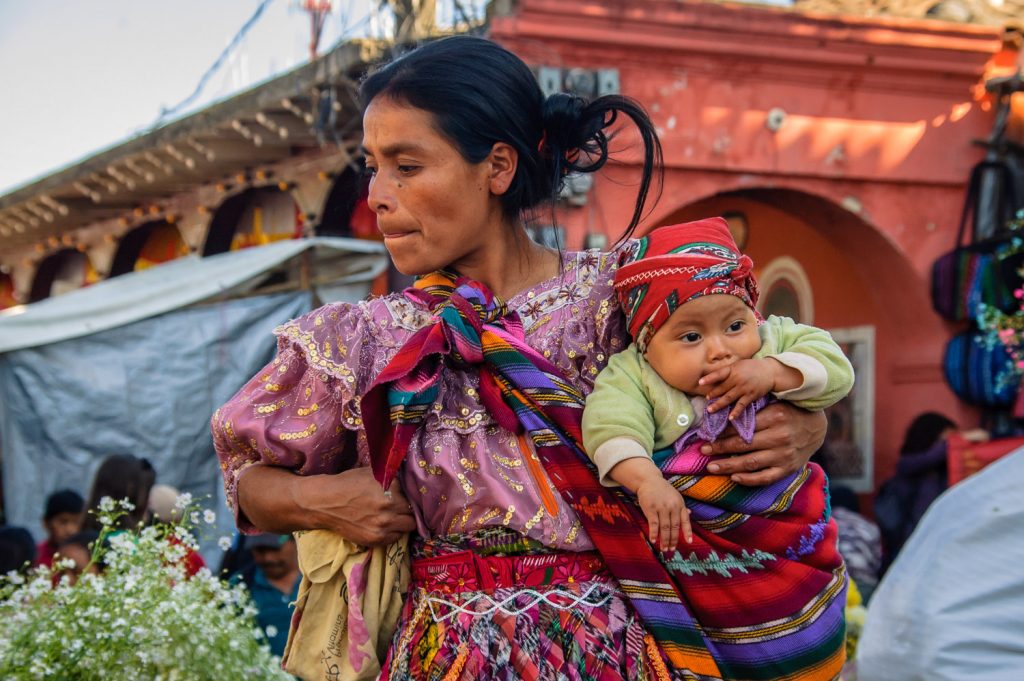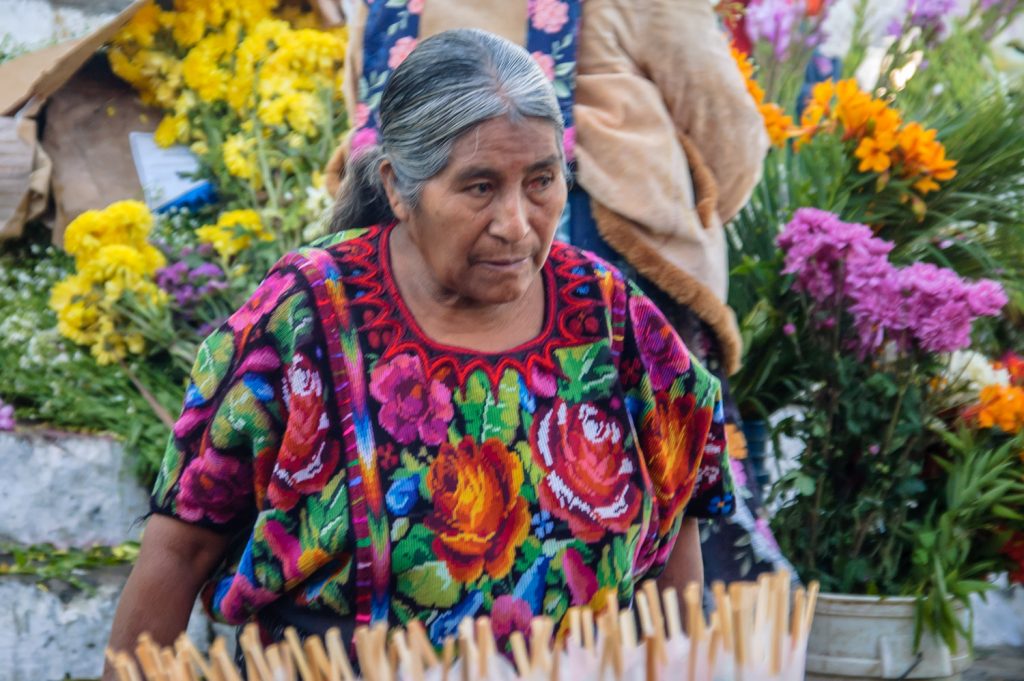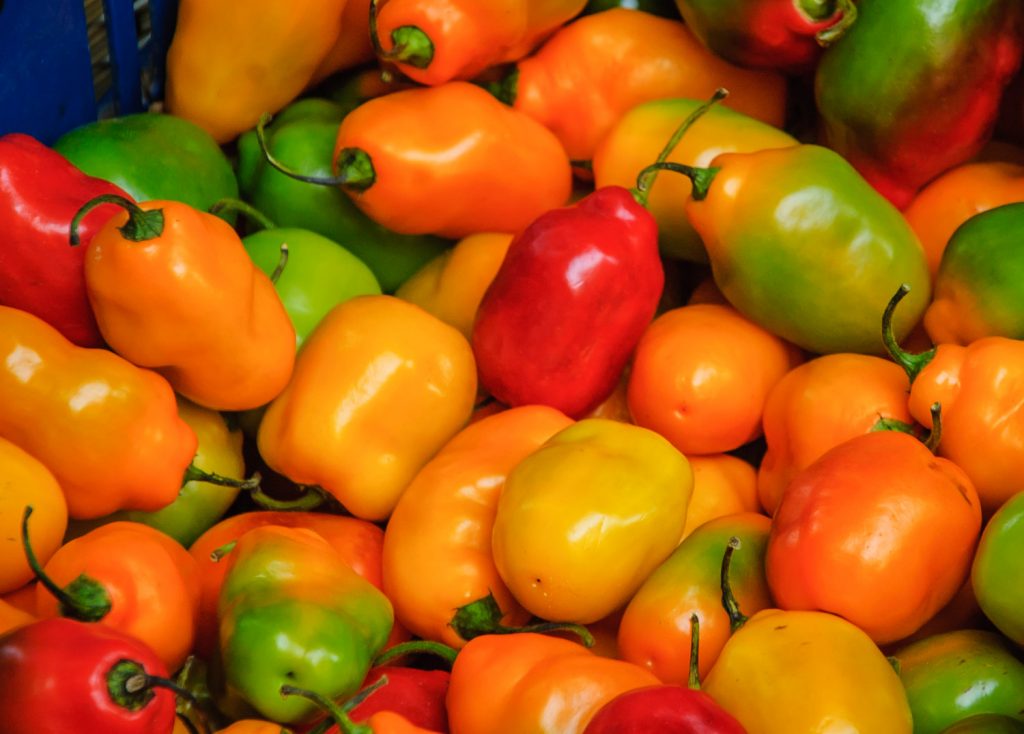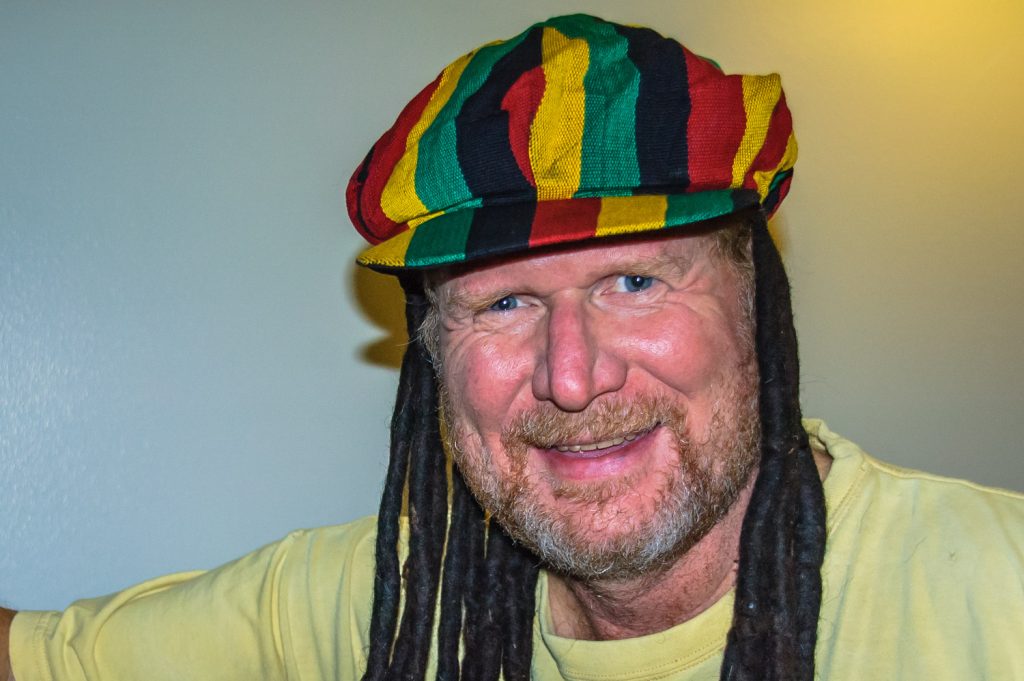
Travel tends to change one. Of course it’s always hard to return from a trip and pick up where you left off.
As I began to unwind from a stressful fall, I began to let my hair down, so to speak. In order to shave, I need a mirror and hot water, and most of my hotels were missing one or both of those, so I decided to grow a beard. And, I picked up a set of natty dreadlocks.
Should I be surprised that when preparing to board my connecting flight in Chicago, the security people took me aside and told me my airline had requested that I be given a secondary inspection?
“Is this random, or is it because I have a beard?” I asked the guard.
“It’s because you look like a terrorist,” he said, smiling, and then adding that there actually are many reasons an airline might call for this — ranging from purchase of a one-way flight, paying cash, etc. “Do you have any ticklish spots?” he asked, preparing to feel me up.
It was that kind of a trip home. First, I got to Cancun airport well ahead of time, which was a good thing, as the line-up to check in was more than an hour long in a hot building. Then the departure of the flight kept being pushed back while mechanics worked on the plane. We finally left, two hours late, when I only had an hour and a half in Chicago to clear immigration and customs, change terminals, get inspected, in make my flight. Needless to say, I missed my connection, as did many others.
When I talked to the American Airlines people, they told me they had me on a new flight going at 9 a.m. Saturday. In other words, I would have to spend the night in Chicago. But she checked, and lo and behold, there was a flight with United going later Friday night, and I had plenty of time to make it. I would get into Ottawa just after midnight.
All was well until I arrived in Ottawa, and waited for my luggage to come down the carousel. I waited and waited until I was the last person, and they shut down the belt. It never came. After filing a claim, I now faced the task of getting home in minus 26-degree weather without even my jacket, which was in my luggage.
Fortunately, I got a taxi right away, so didn’t freeze for long. But I didn’t get to sleep until close to 3 a.m. And United gave me very little information about my luggage until they told me Saturday night that they’d located it. They finally delivered it to me Sunday night.
So here I am back home, and all set to return to work. I haven’t decided how long to keep the beard, but I won’t wear the dreadlocks. They are just a crude wig made from cotton in Guatemala, and sewn into a Rastafarian hat to sell to tourists.
